In the past few years the Káli Basin – Köveskál in particular – has become a summertime favorite of gastro gurus all over the country. The village hosts the culture and gastro fiesta named Kálibuli every year, the region is dubbed the Hungarian Provence almost everywhere it’s mentioned, and buying property nearby is now pretty much impossible for the average person, unless they decide to rob a bank. For the next article of our “Enyém a Balaton!” campaign, we hit up all the eateries we could find open in the tiny gastro village.
Mi a Kő
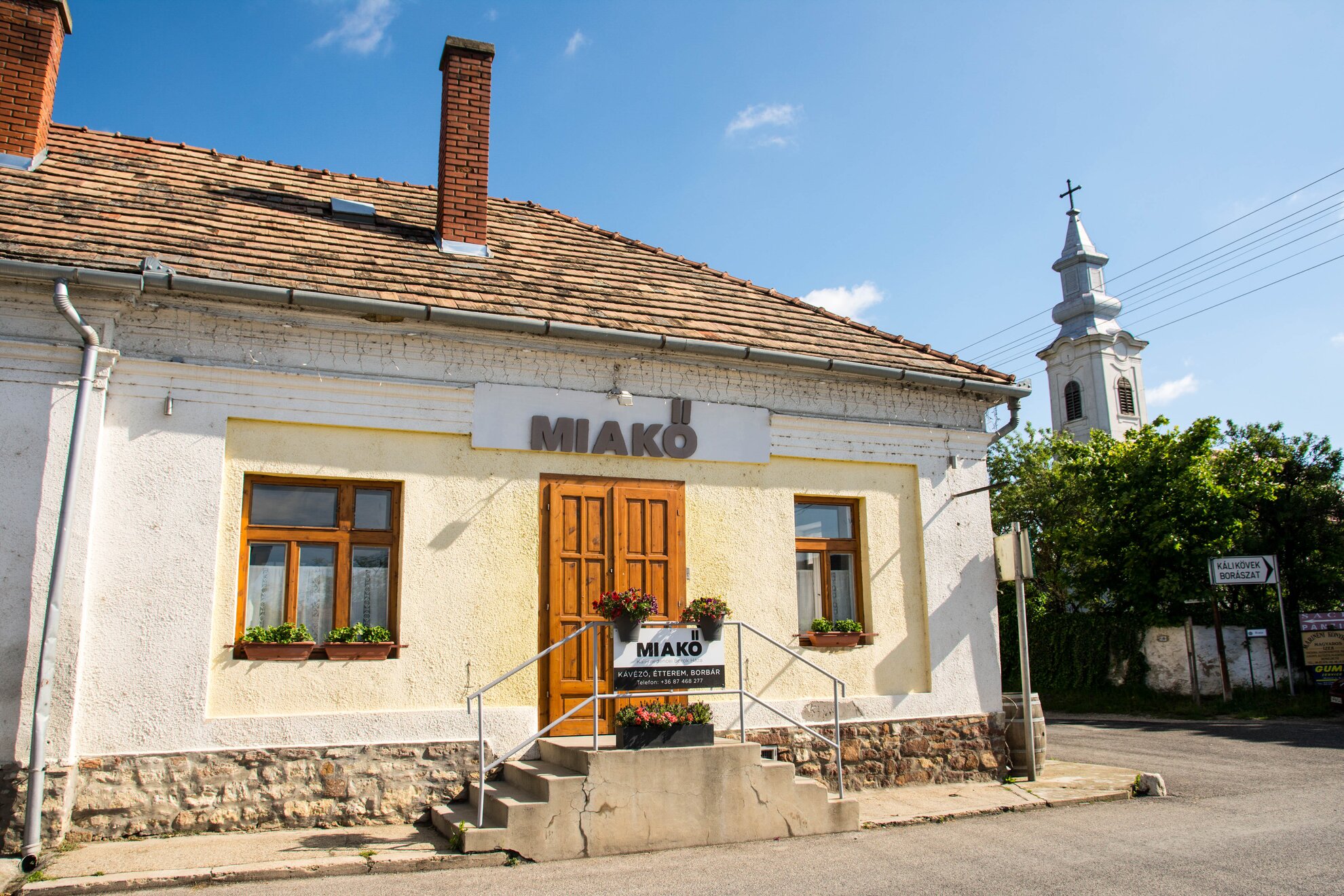
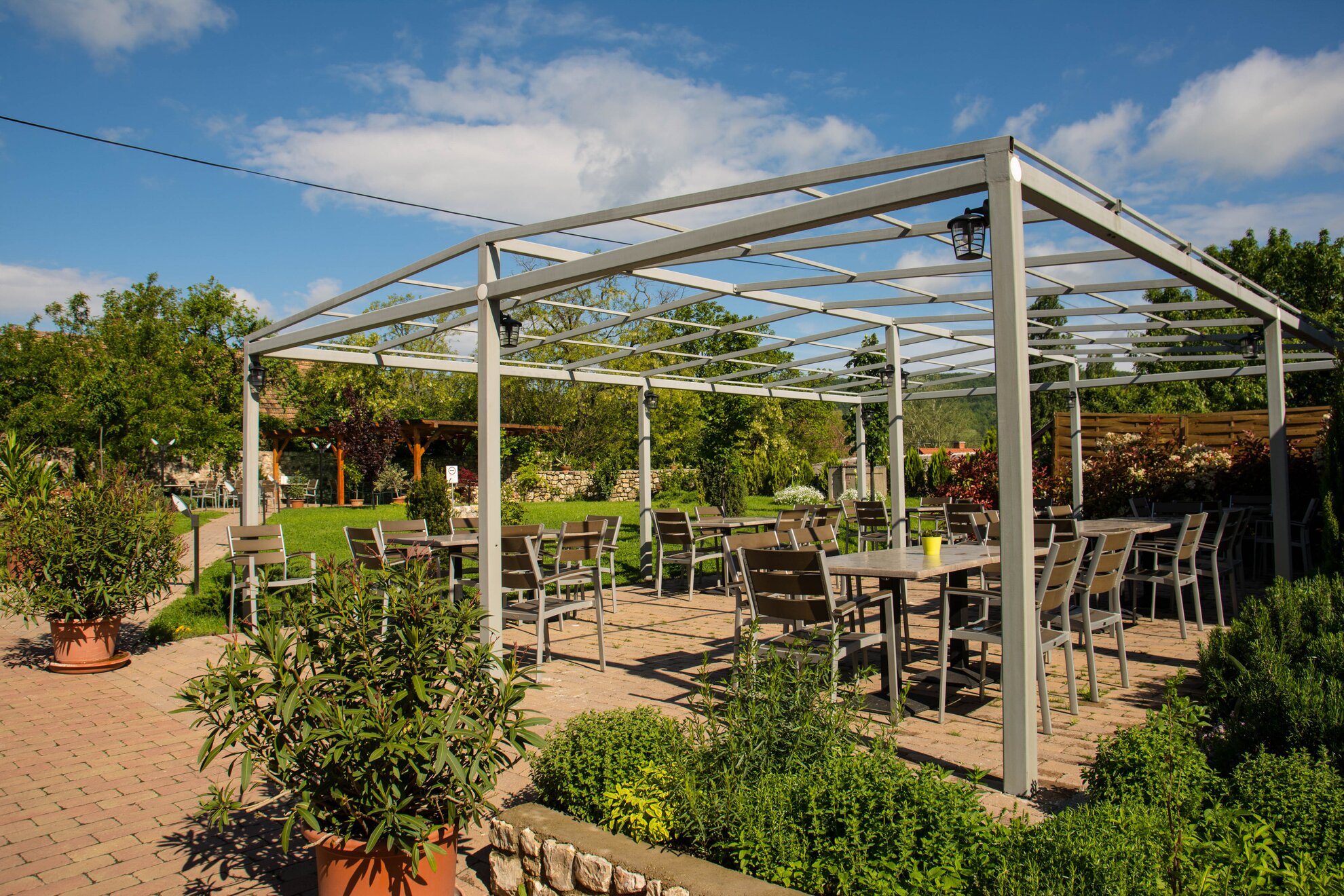
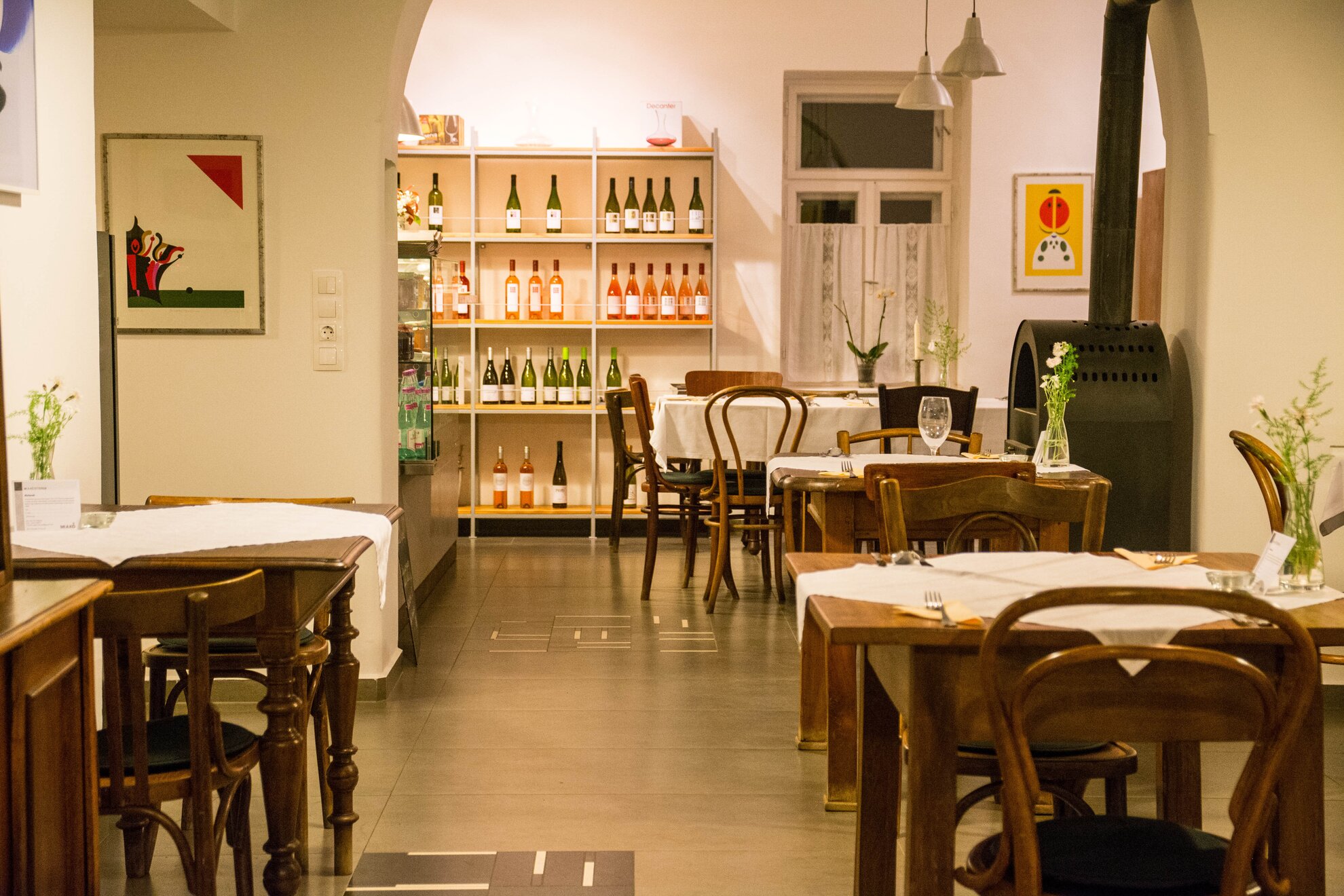
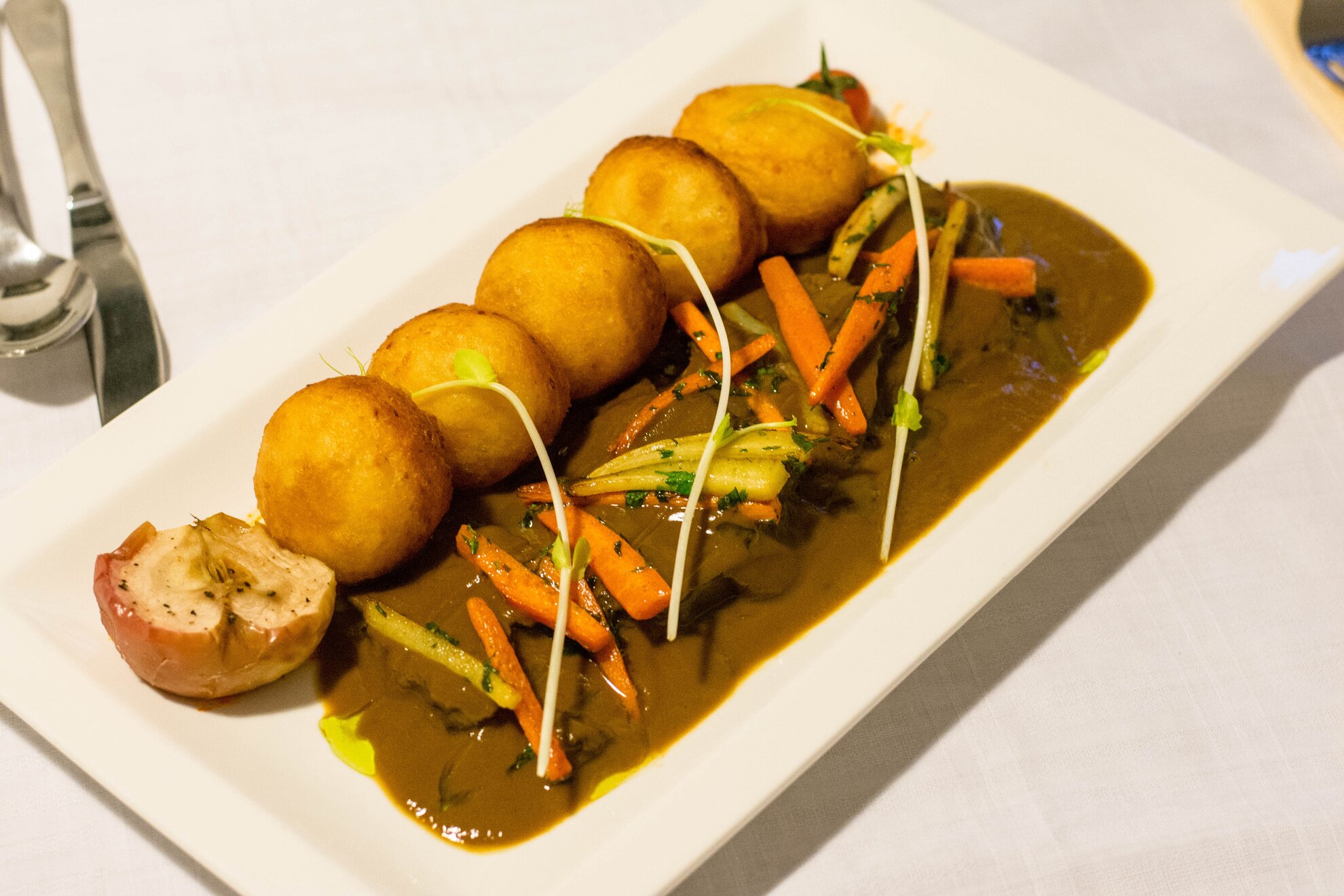
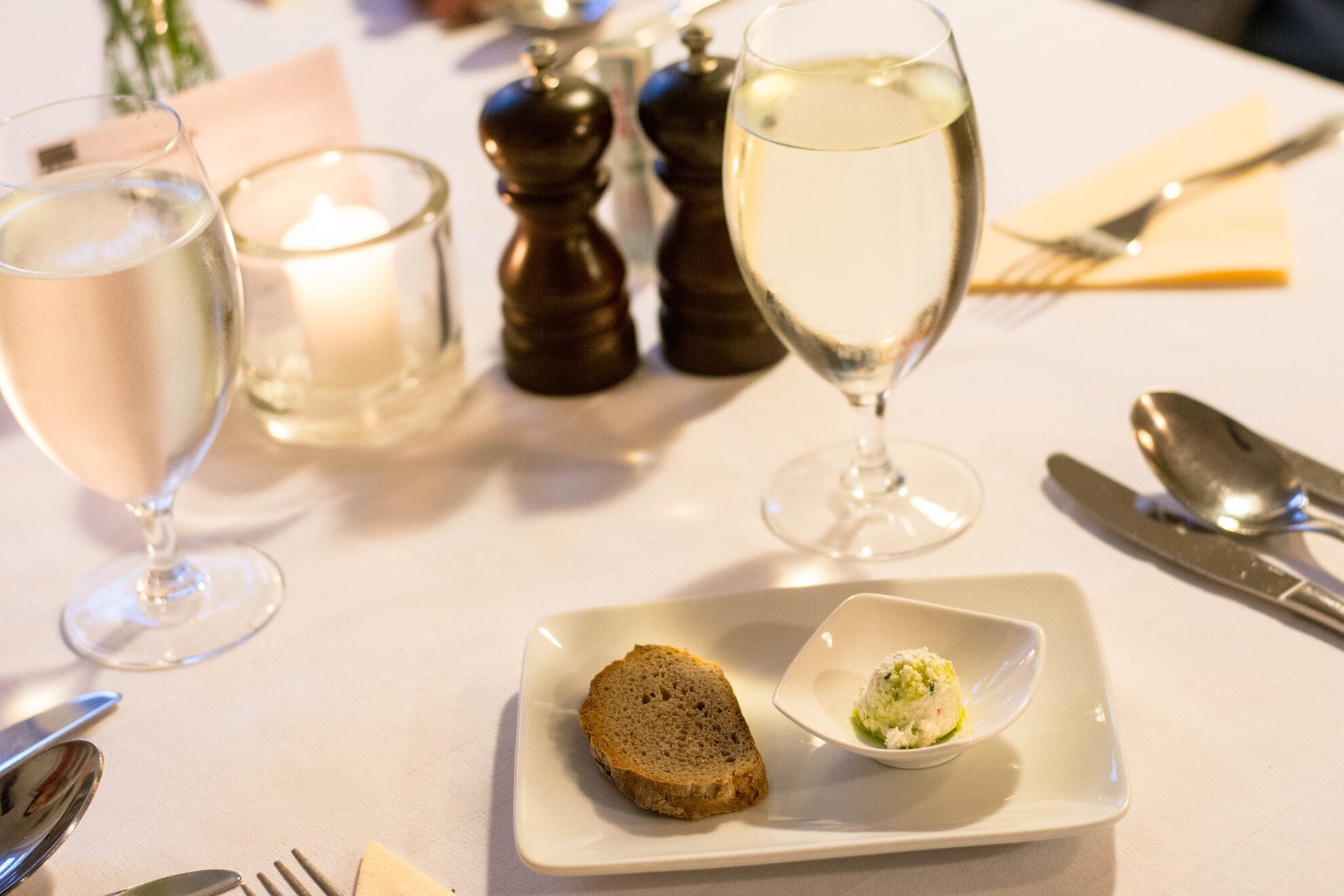
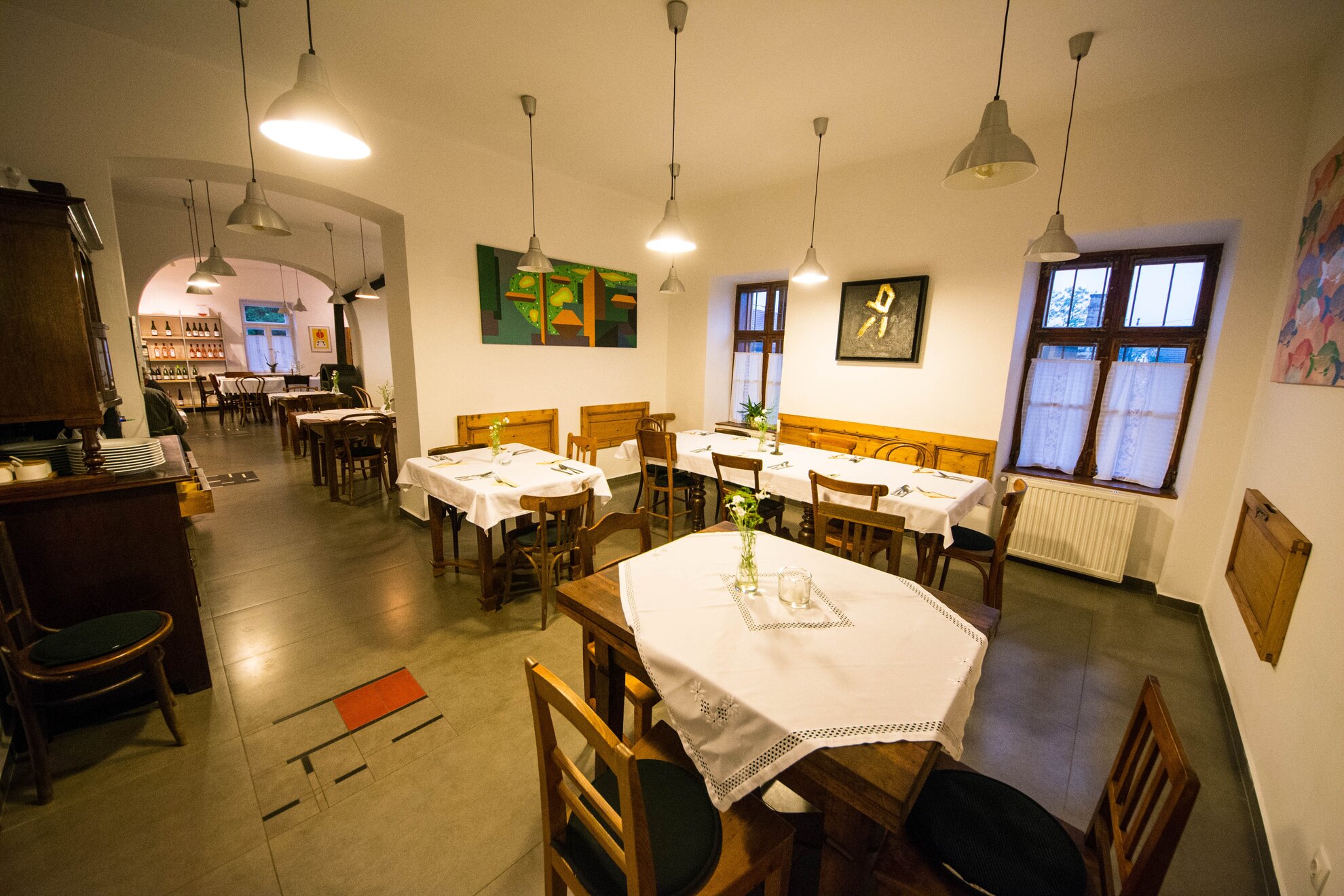
Mi a Kő has turned into one of the most complex venues in Köveskál: today it comprises a restaurant, a wine shop, a wine bar, and a quasi-gallery. In autumn and winter, guests can have exhaustive conversations about diverse topics with artist-owner Tamás Trombitás, but things get a little busier in summer: so busy, in fact, that bigger groups don’t really stand a chance of getting a table without booking in advance. Even so, the peace and quiet is almost unreal sometimes.
What did we try?
The flavors of the ragout soup with tarragon were exactly as spot-on as you would have expected. Unfortunately, the idyllic Káli setting messed with the memory card of our photographer, and the photo of the soup got lost somehow, but we can absolutely show you what the light eggplant cream served with toast looked like.
How much did it all cost?
We didn’t try any main dishes, but those are the items you should check out if you want to know what to expect in terms of pricing. The daily options are always an excellent choice: the zander fillet with gorgonzola tagliatelle and the mutton kebab with eggplant salad and yoghurt cost about 3,500-3,600 forints, while the appetizers and desserts are priced in the 1,000-2,000-forint range.
Káli Gourmet Bistro & Delicatesse
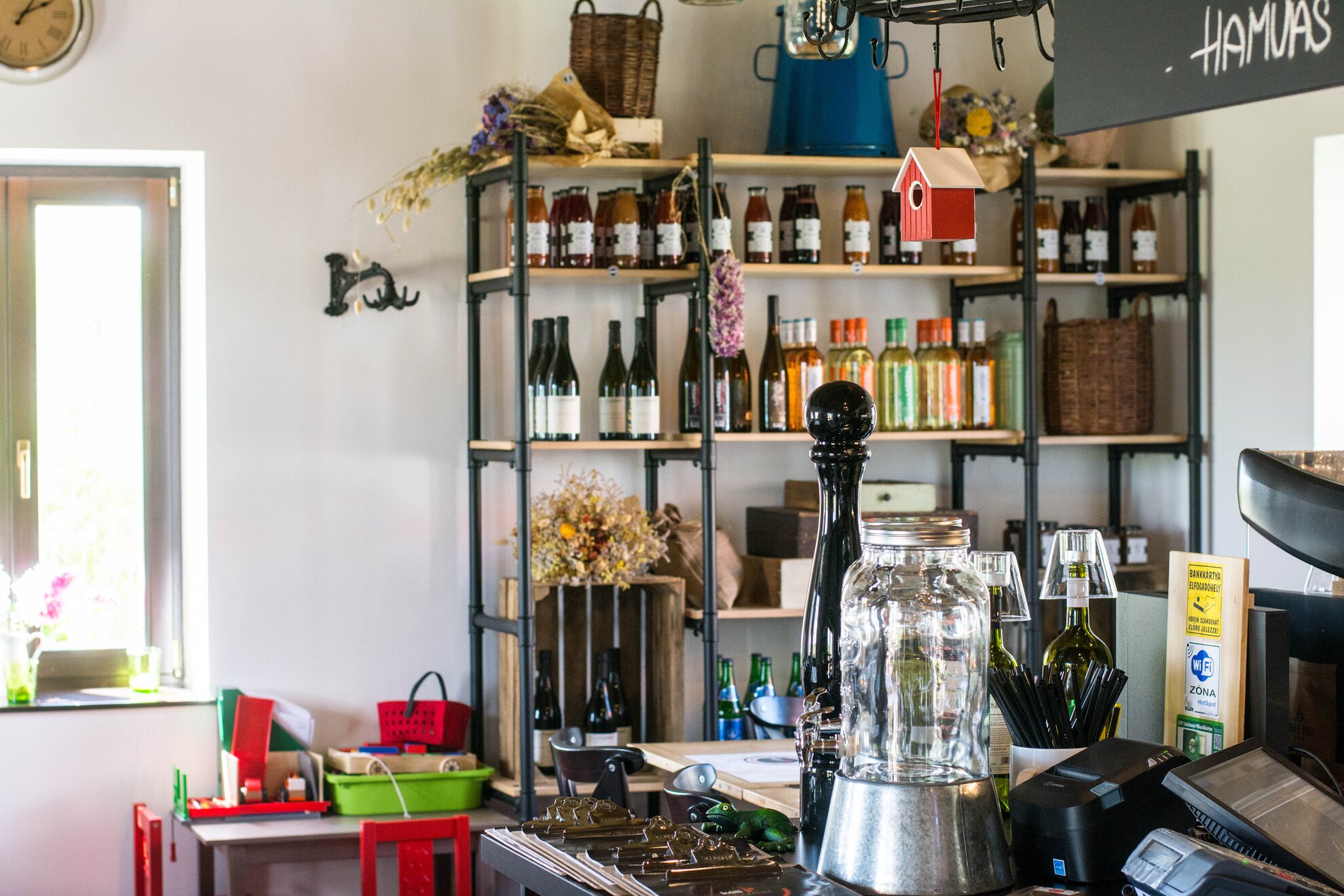
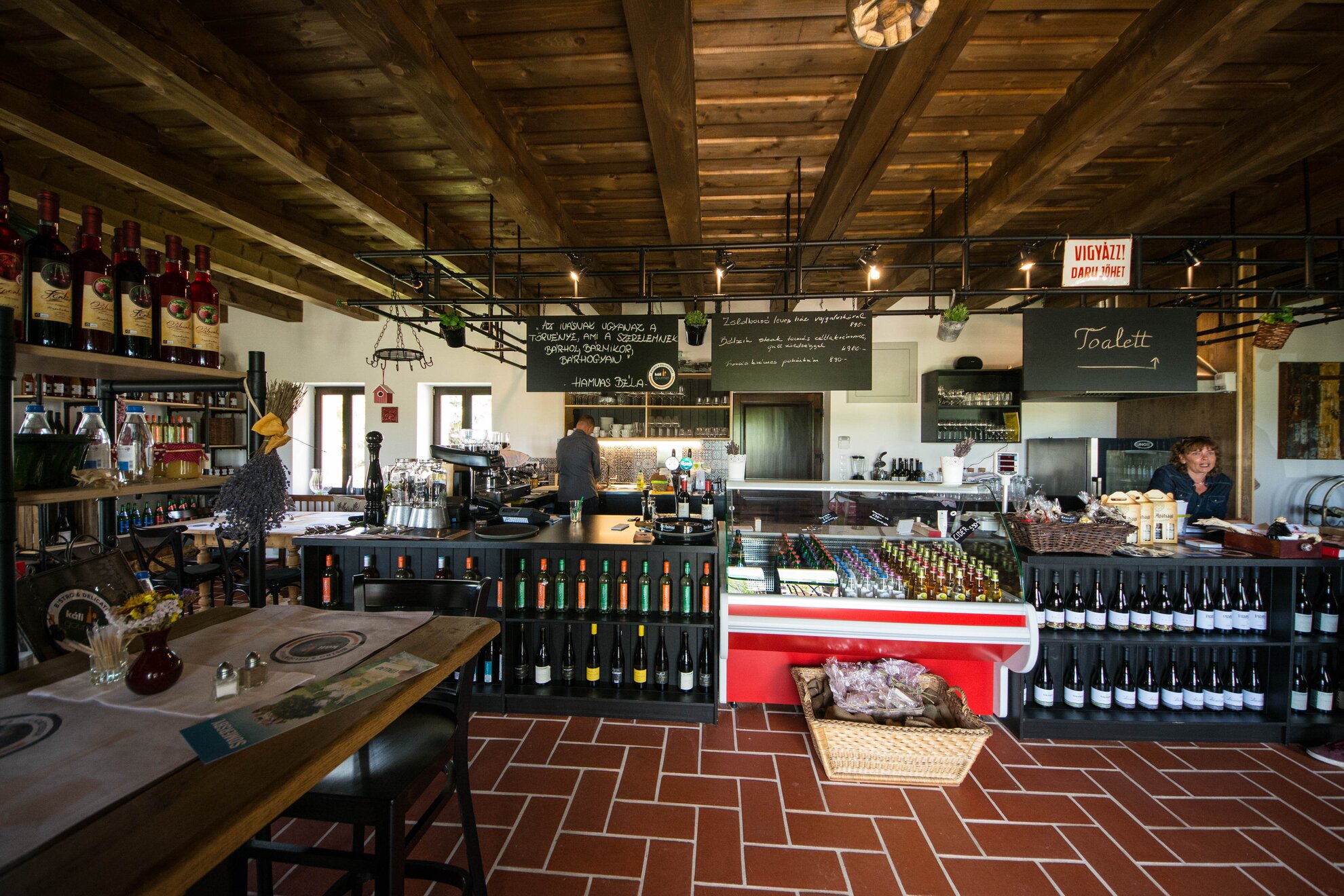
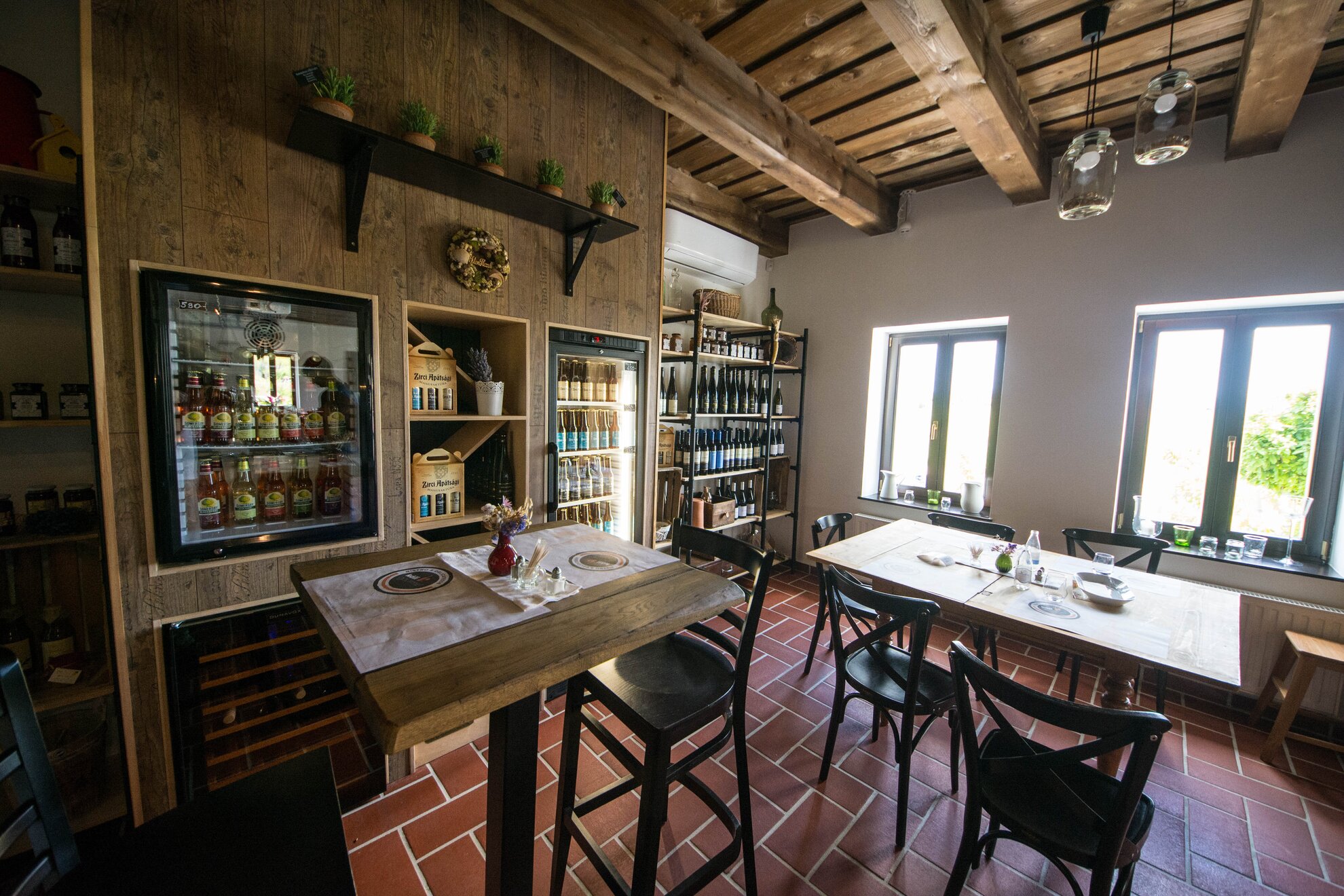
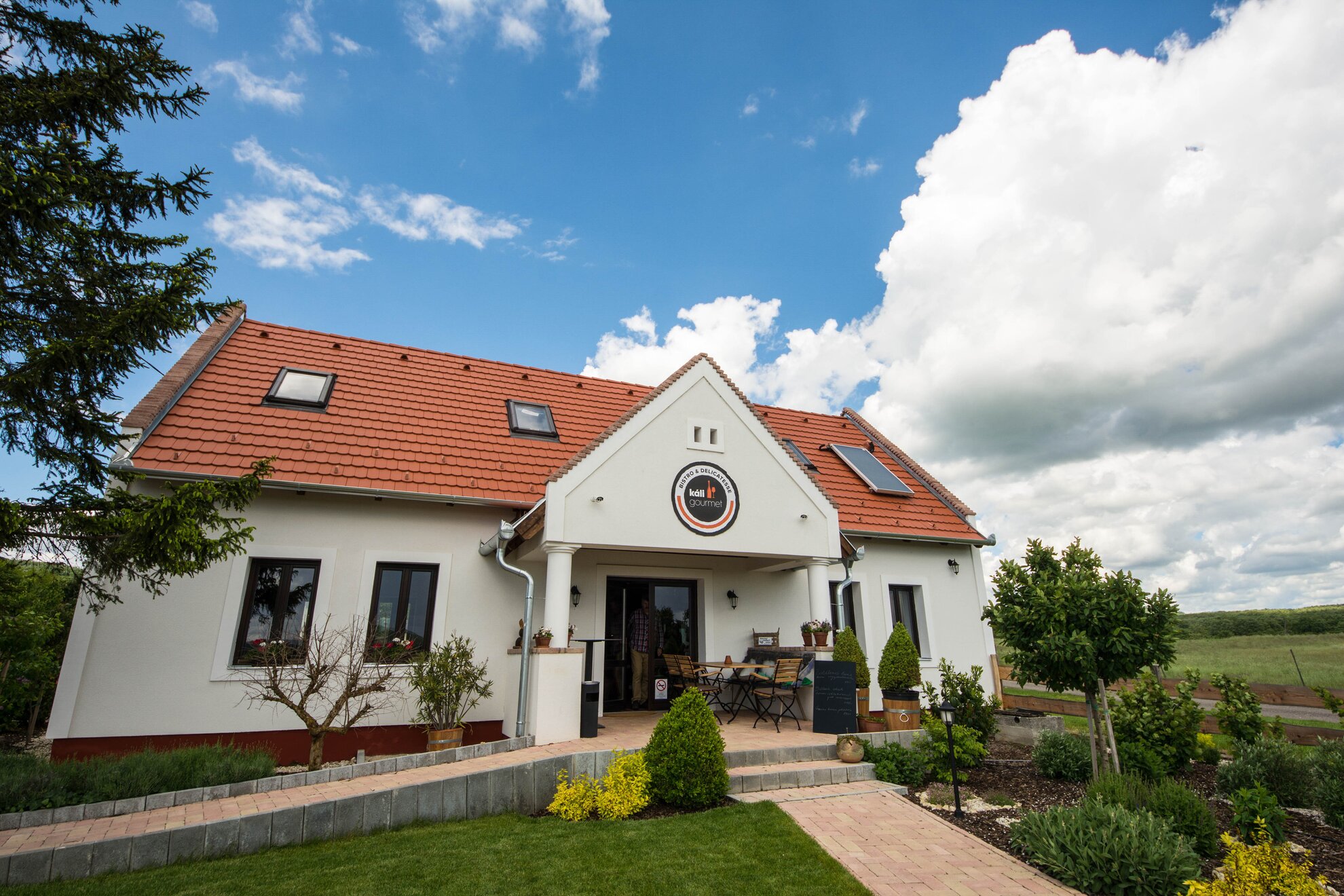
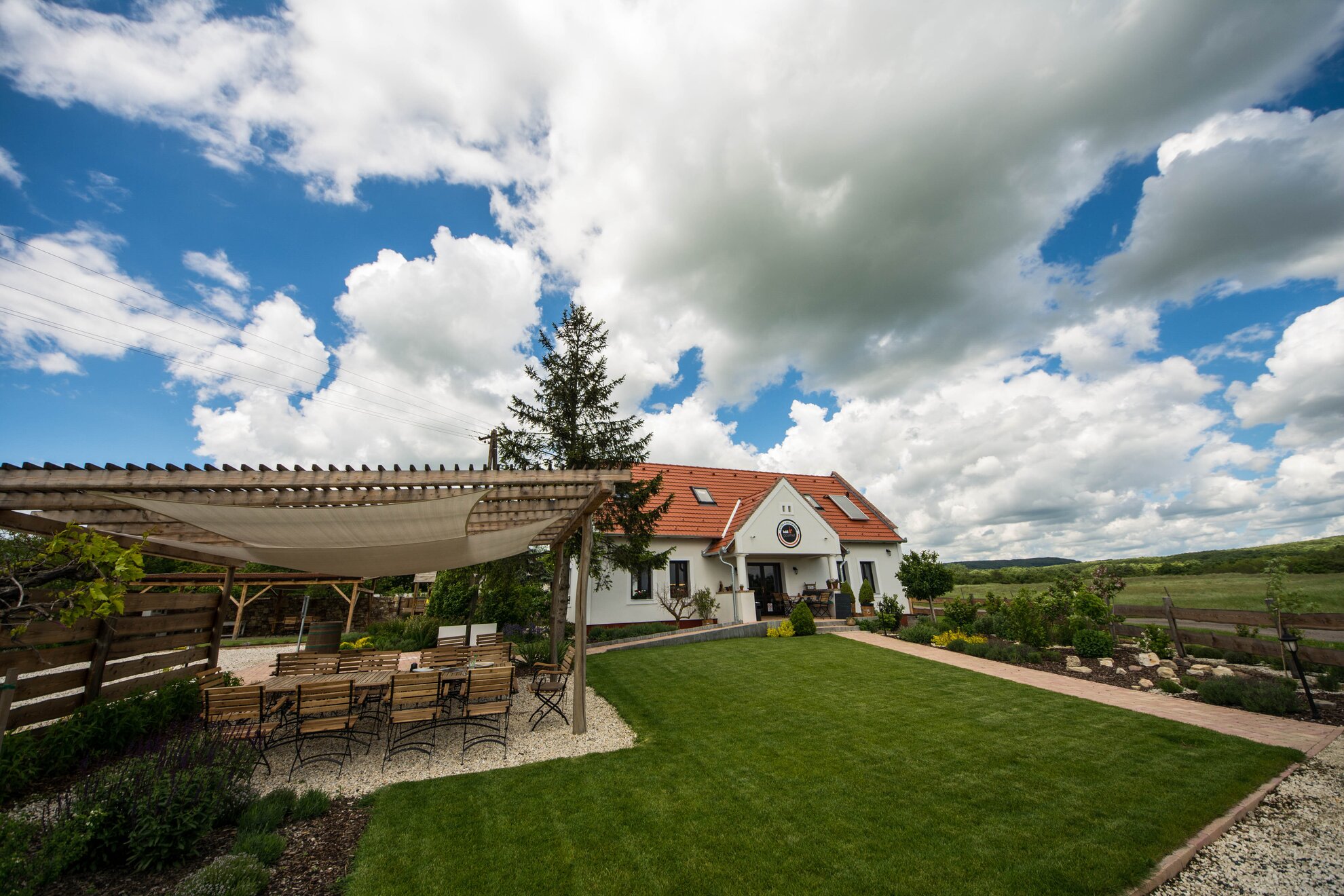
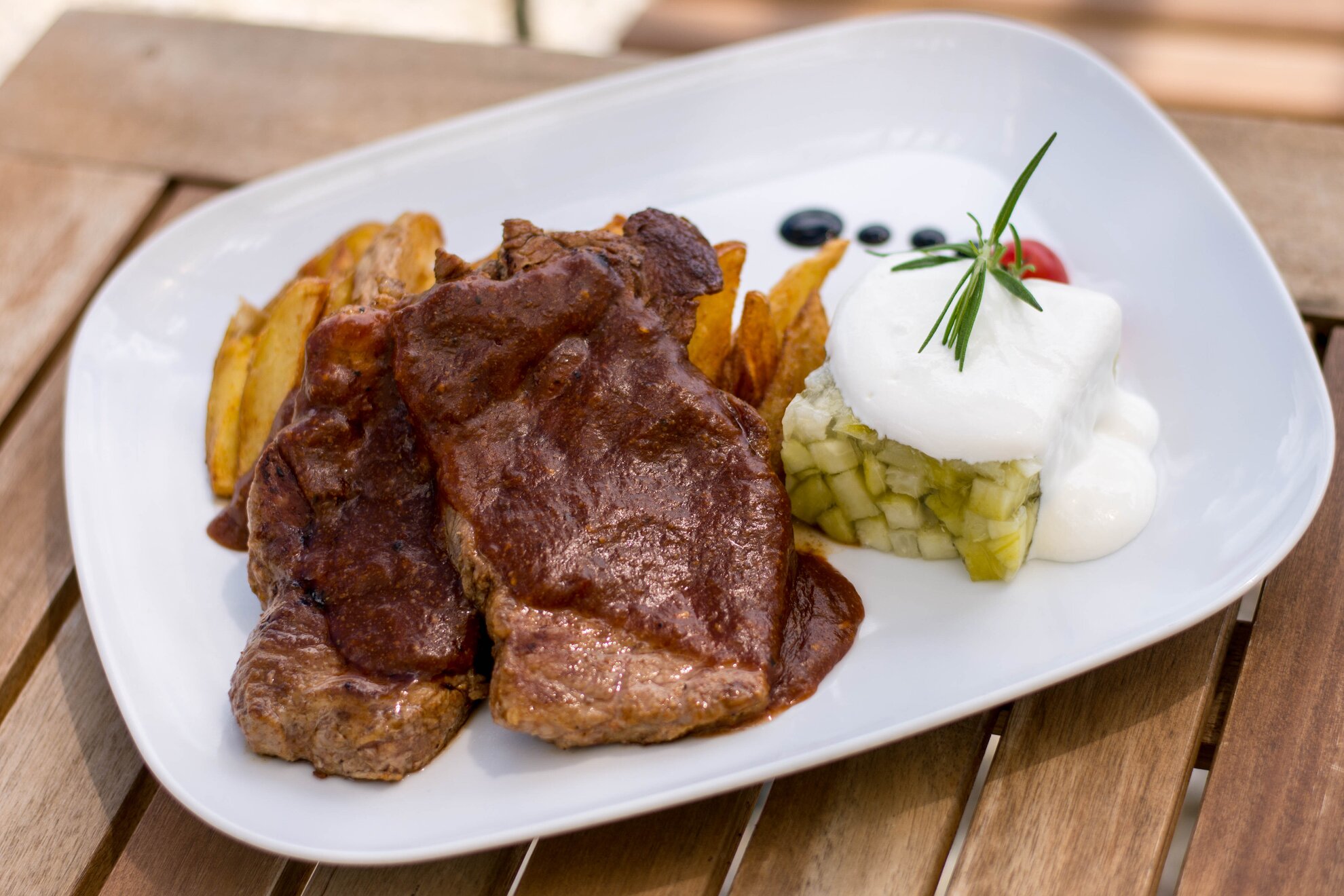
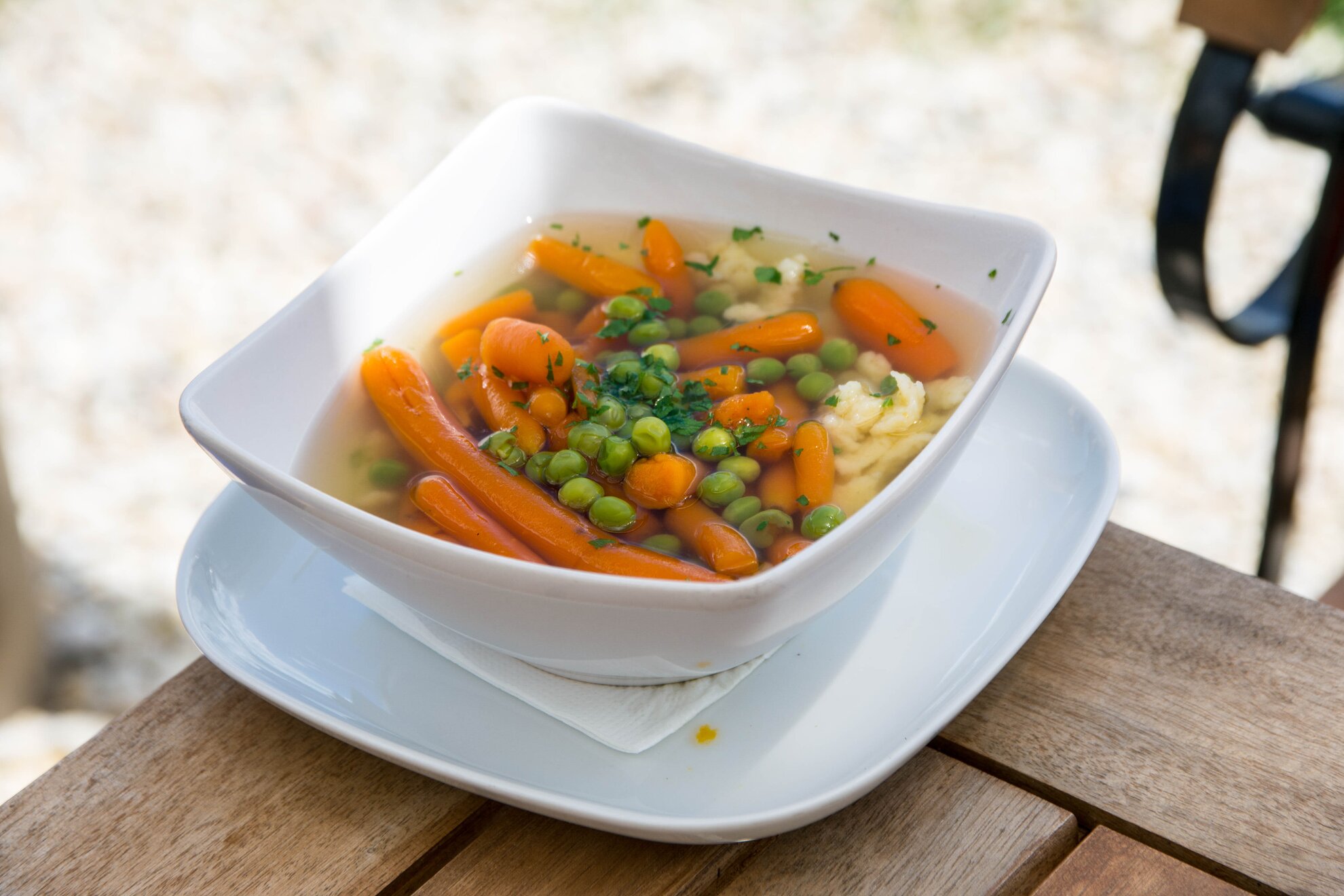
Perched on a hillside, Káli Gourmet has a neatly manicured garden out front as well as a delicatessen, which stocks the goods of local producers. Last year, we had a decent lecsó when we visited after the opening, but we weren’t convinced then that the cuisine is anything out of the ordinary.
What did we try?
Situated far from the lively main street, Káli Gourmet was, in fact, the most positive surprise of the day. We had the daily lunch menu, which included a bowl of pea soup and grilled mangalica chuck steak. The soup was nice and thick with lots of veggies and carrots, and while it wasn’t particularly special, it warmed us up like a shot of strong pálinka. The mangalica steak, on the other hand, was perfection. The reinterpretation of the cucumber salad was ingenious: it was prepared in aspic, shaped into a cube, and drenched in delicious sour cream.
How much did it all cost?
The soup was 890 forints; the main dish cost 2,190 forints.
Pipacs
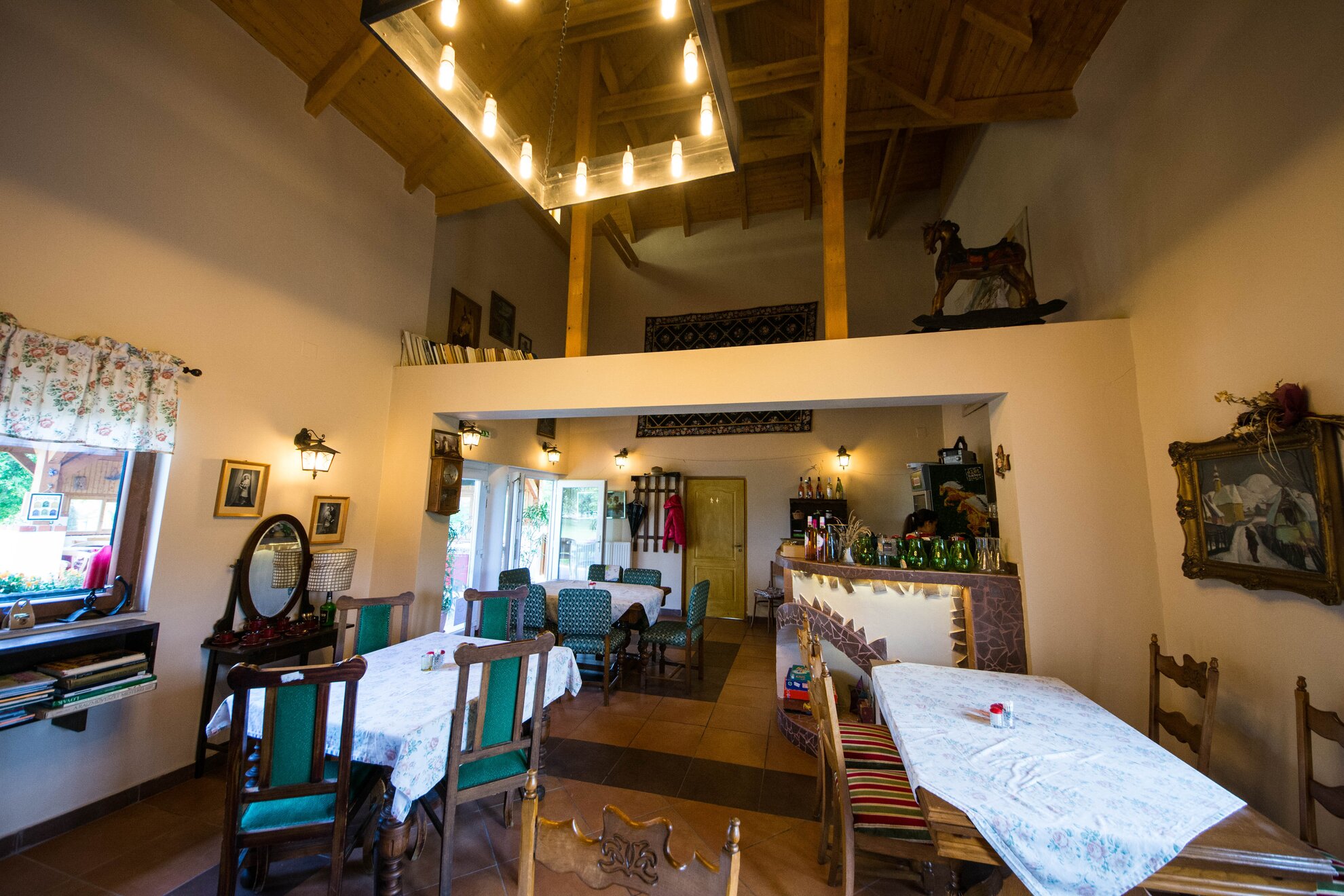
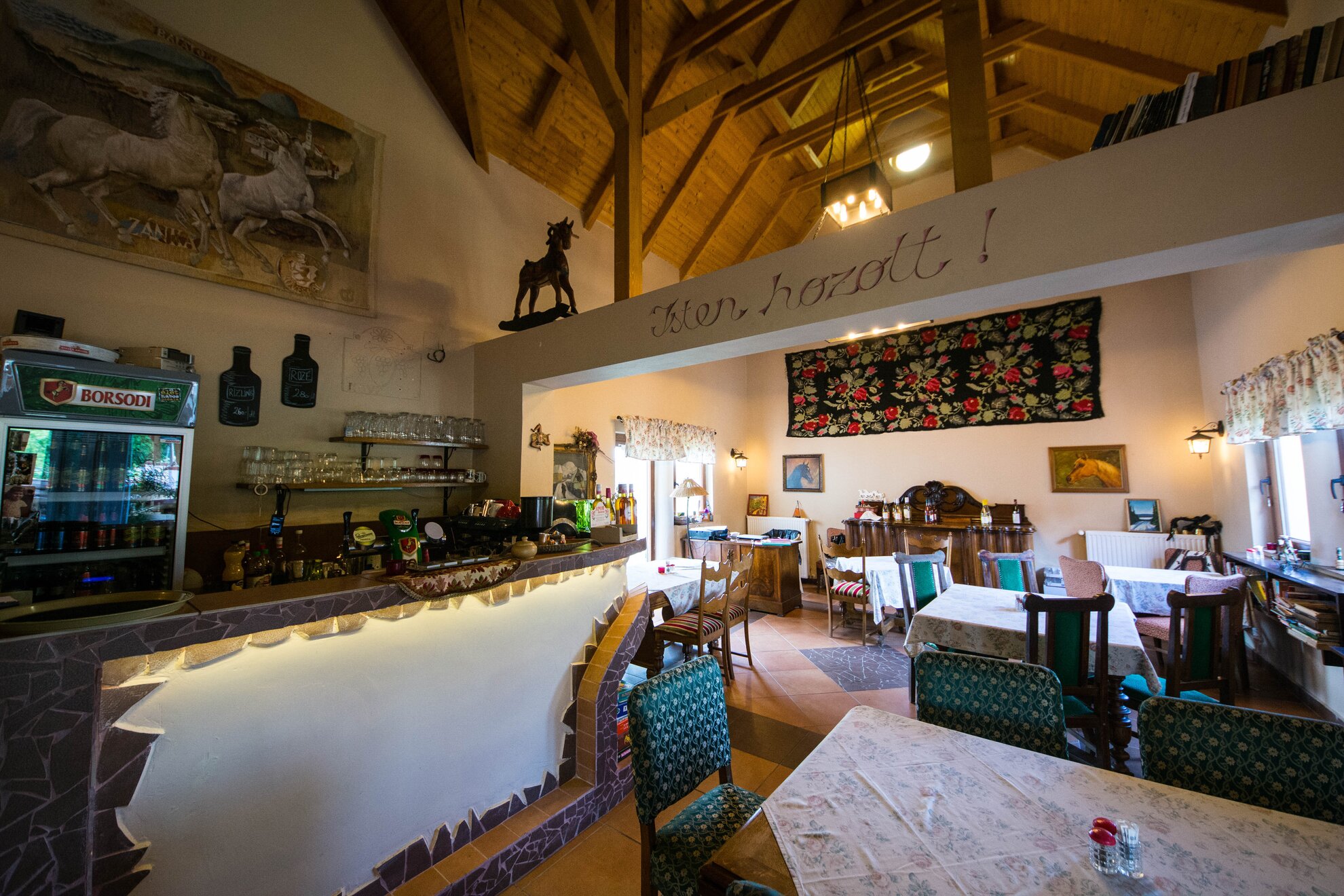
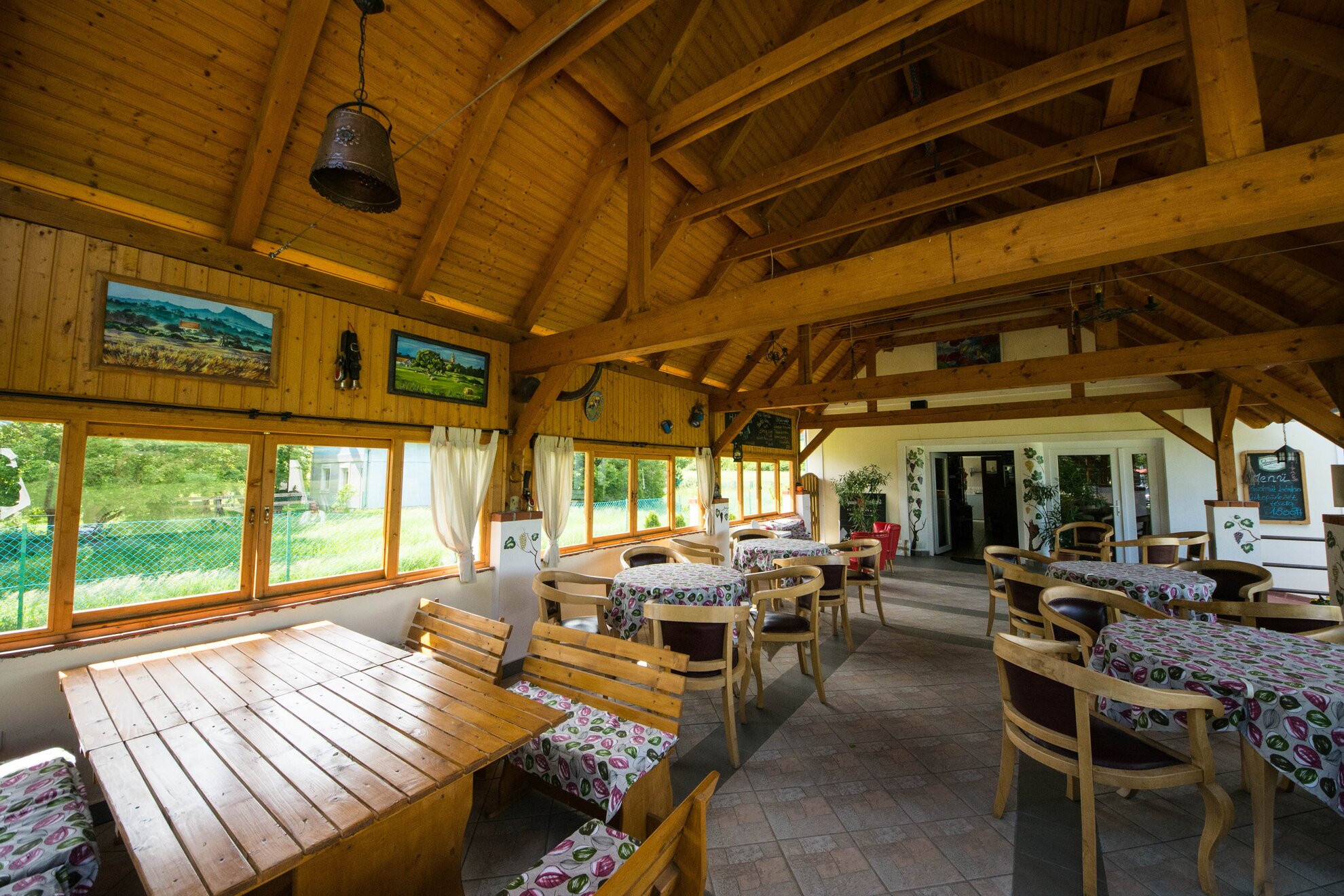
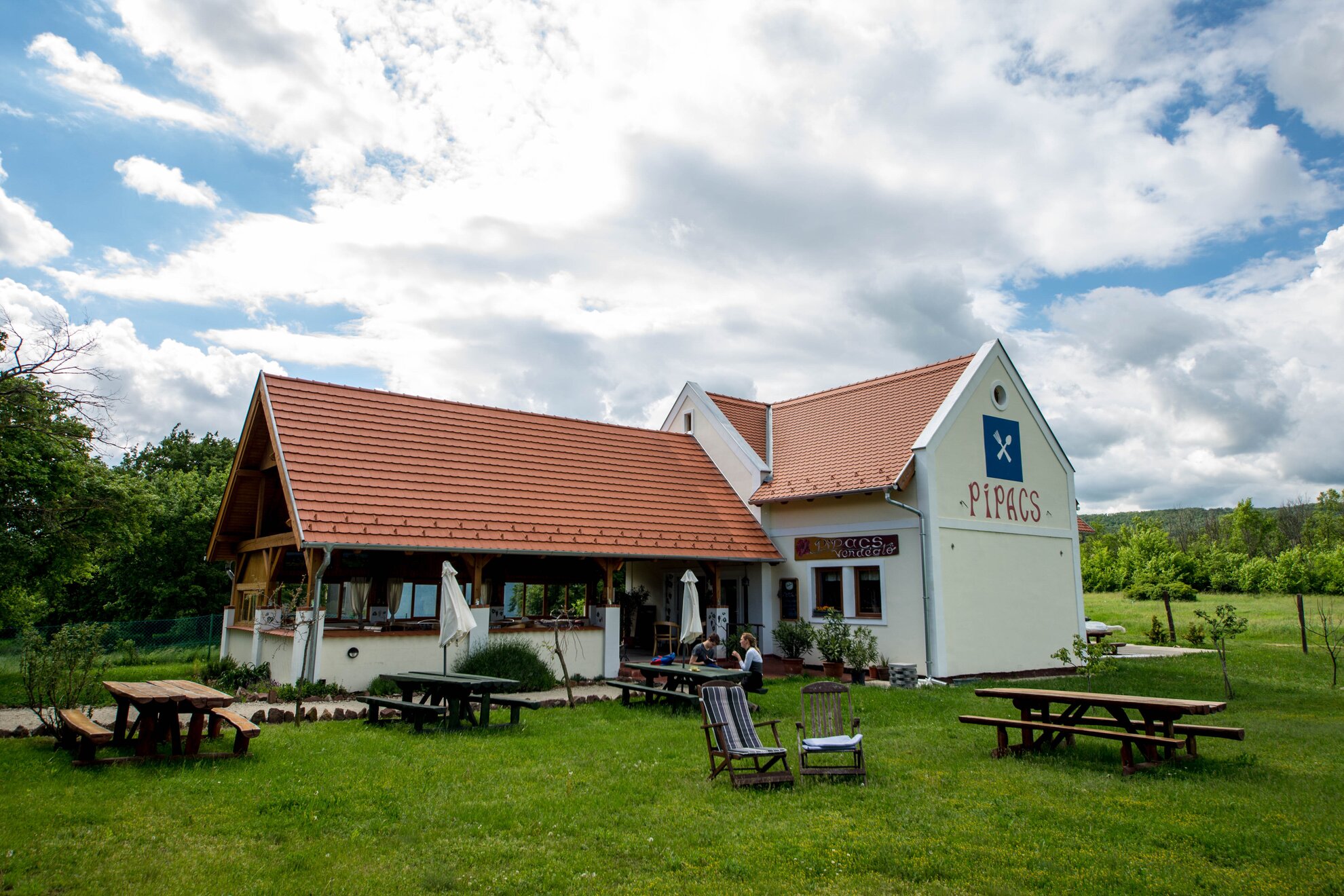
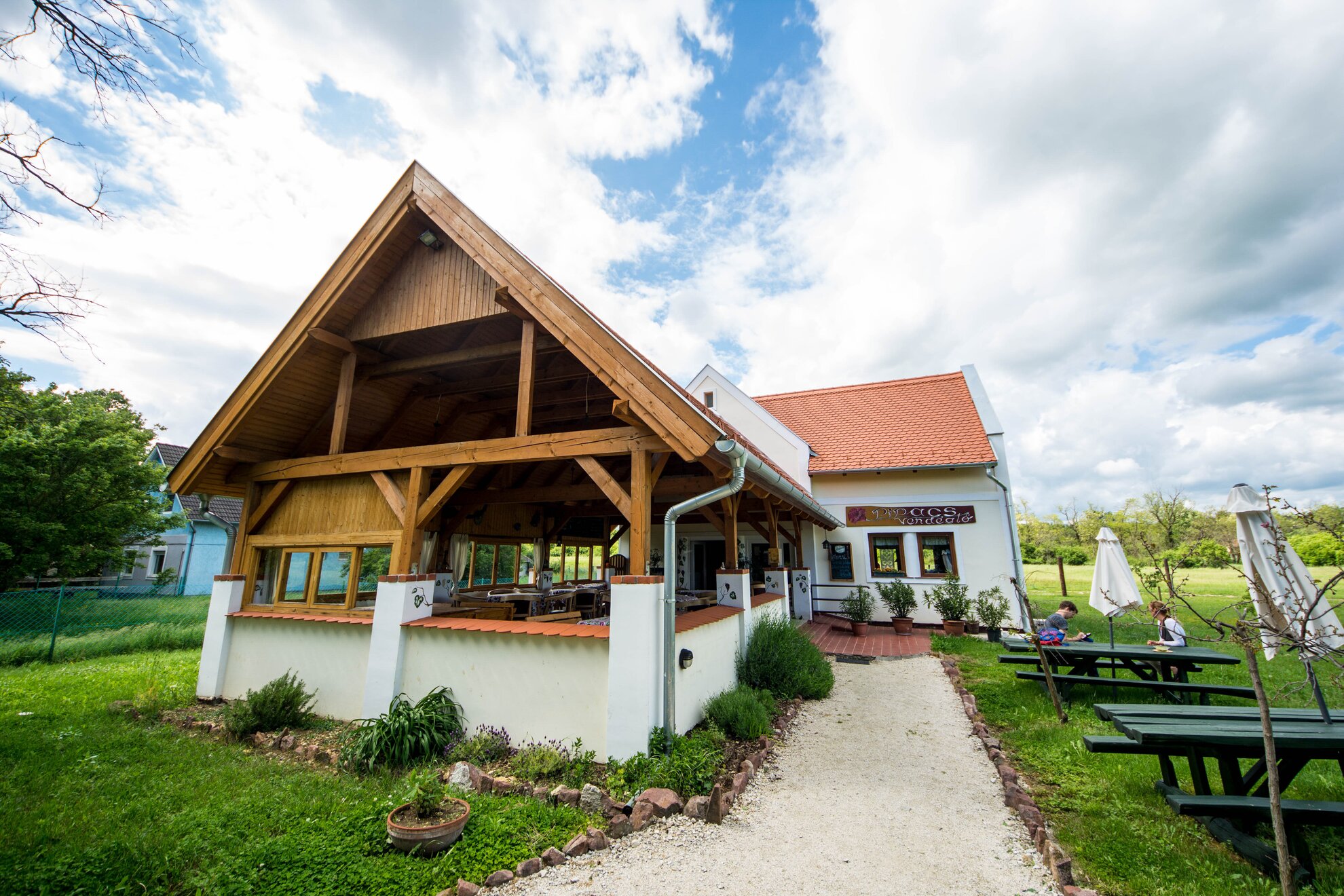
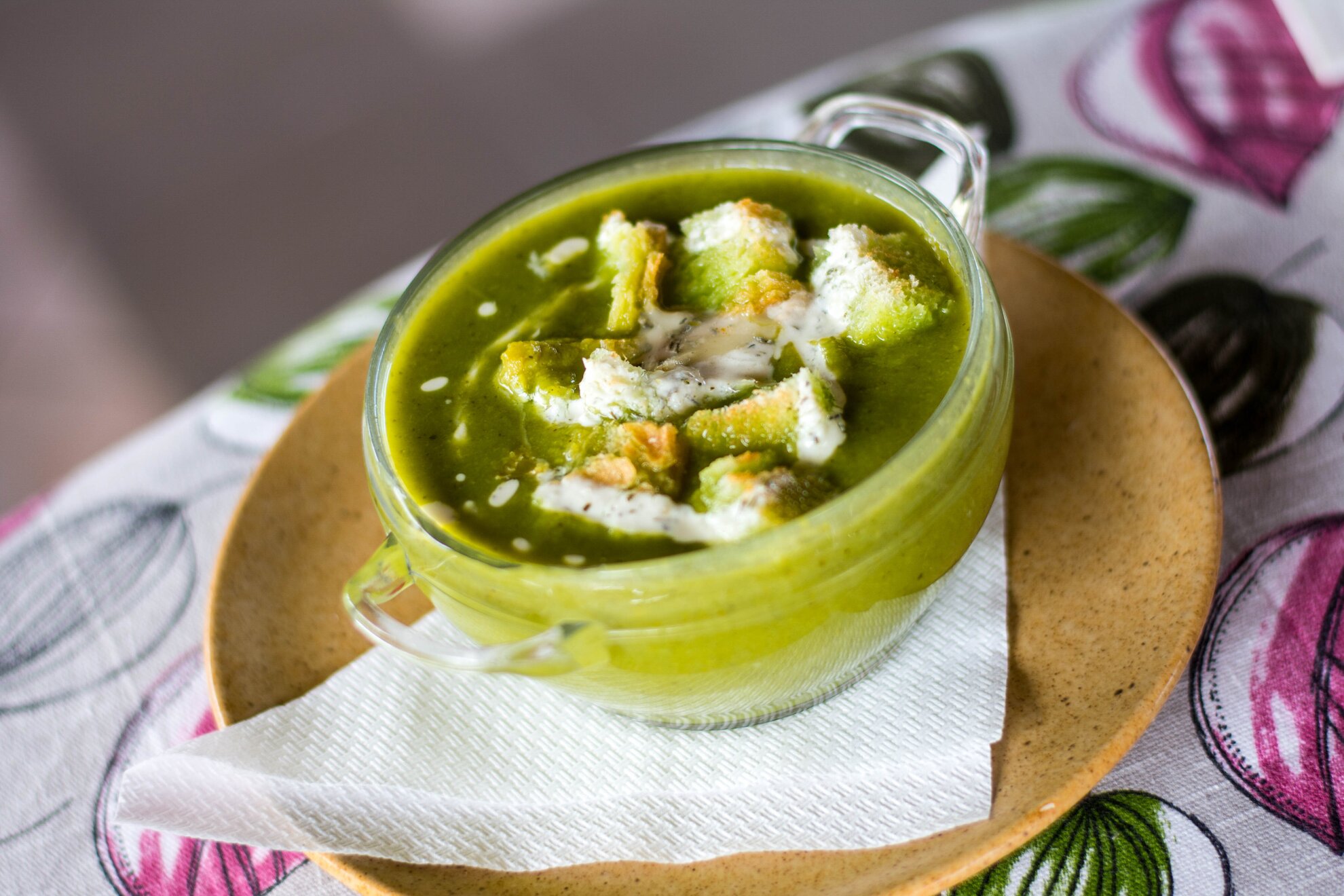
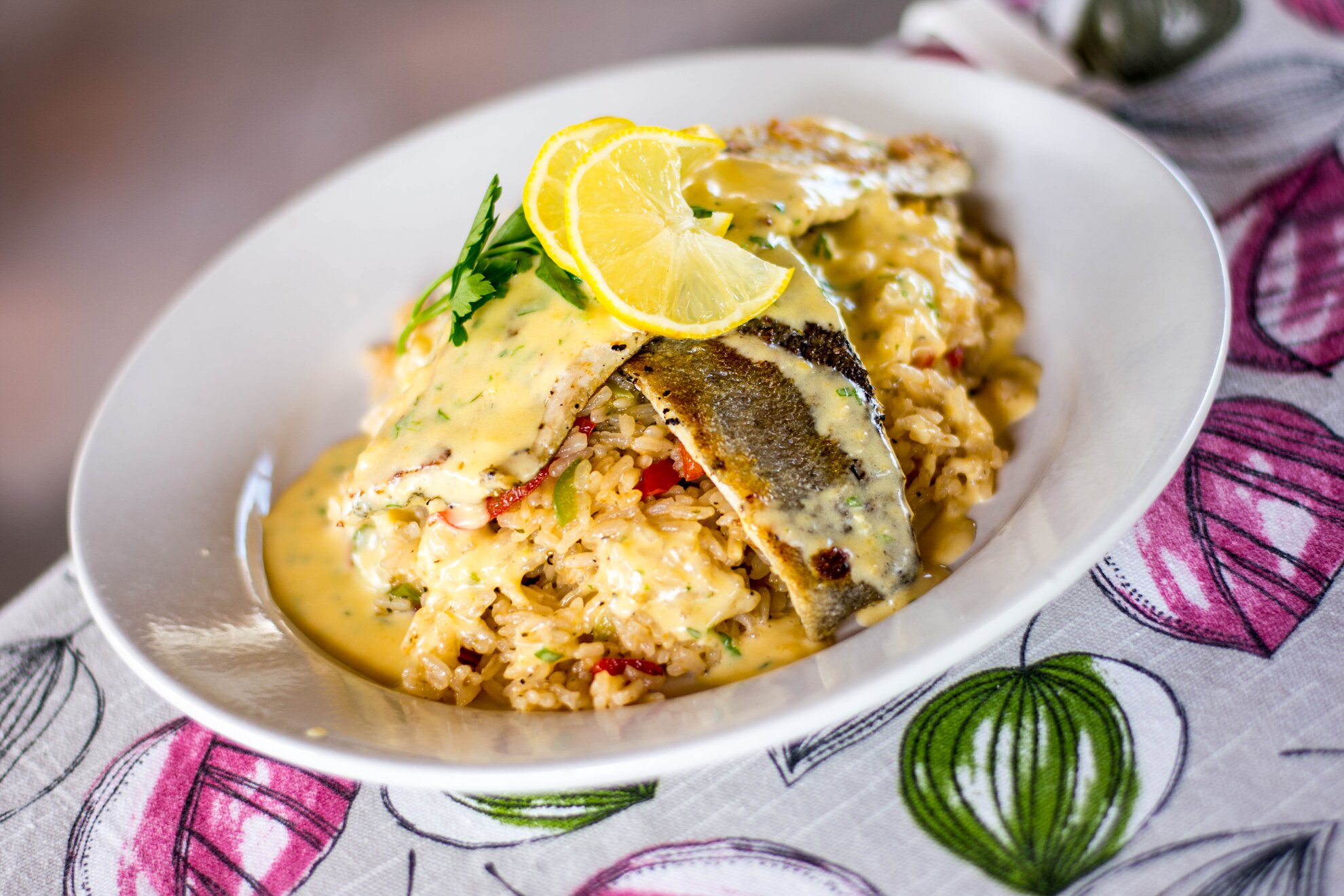
Next up was the most controversial restaurant of the village. Found on the very edge of Köveskál, Pipacs had a mixed reputation in our eyes: we’d heard some good things about it, but we were also somewhat afraid of the csárda aspect. In the end, we were pleasantly surprised. We found out that Pipacs will be a venue for several cool gigs in July and August, with such names taking the stage as Hungary’s beloved Blahalouisiana.
What did we try?
The cream of broccoli soup was thick and tasty, and the fried trout with rice and Béarnaise sauce was Francophone heaven. Pipacs serves Hungarian-Mediterranean inspired cuisine, and it’s in a similar price category as Mi a Kő or Káli Gourmet (even though it isn’t part of the whole gastro village craze). Bikers, dog owners, parents with little kids, and picnic lovers are all very welcome.
How much did it all cost?
The broccoli soup cost 850 forints, and the price of the trout was 2,800 forints.
Pálffy Cellar
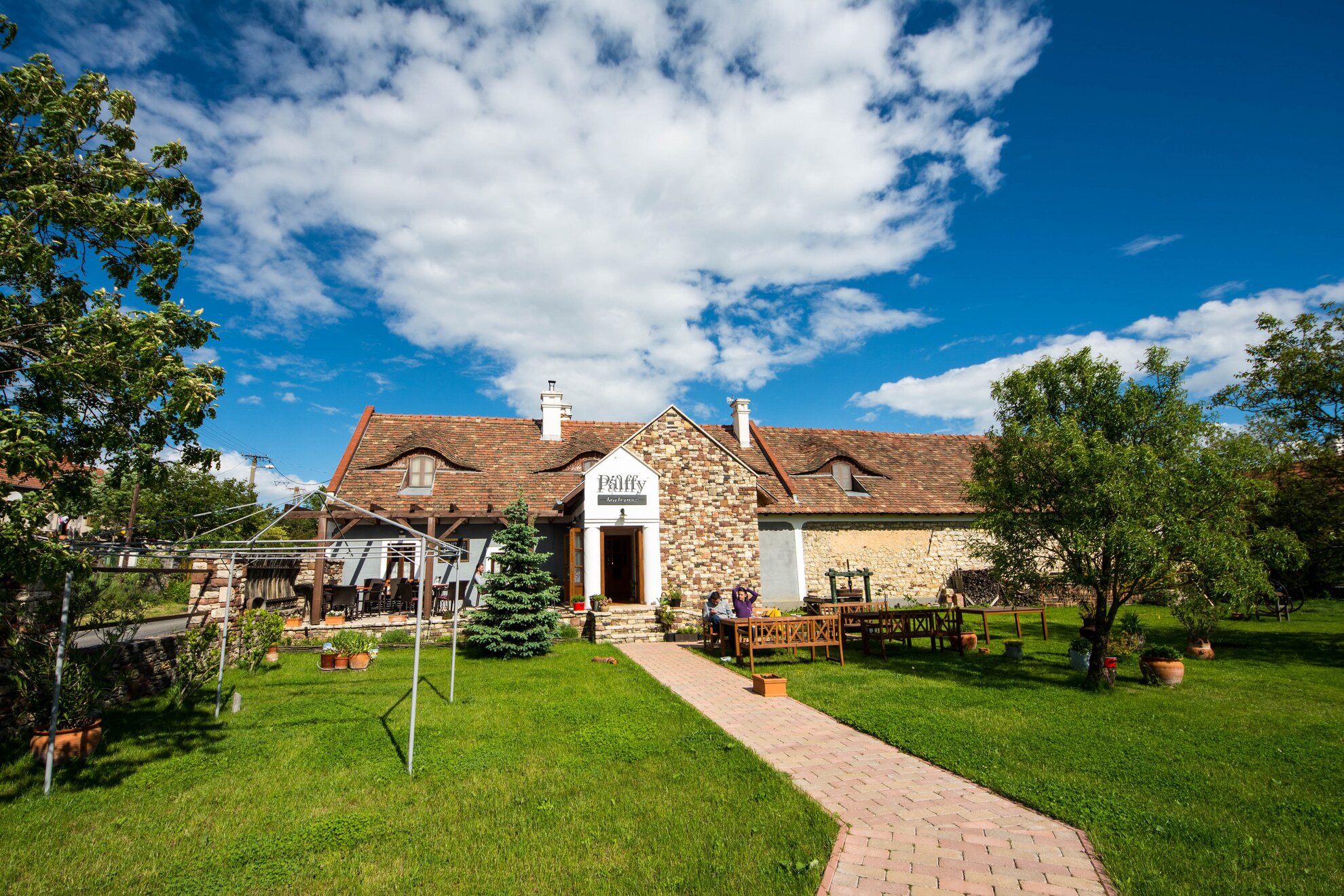
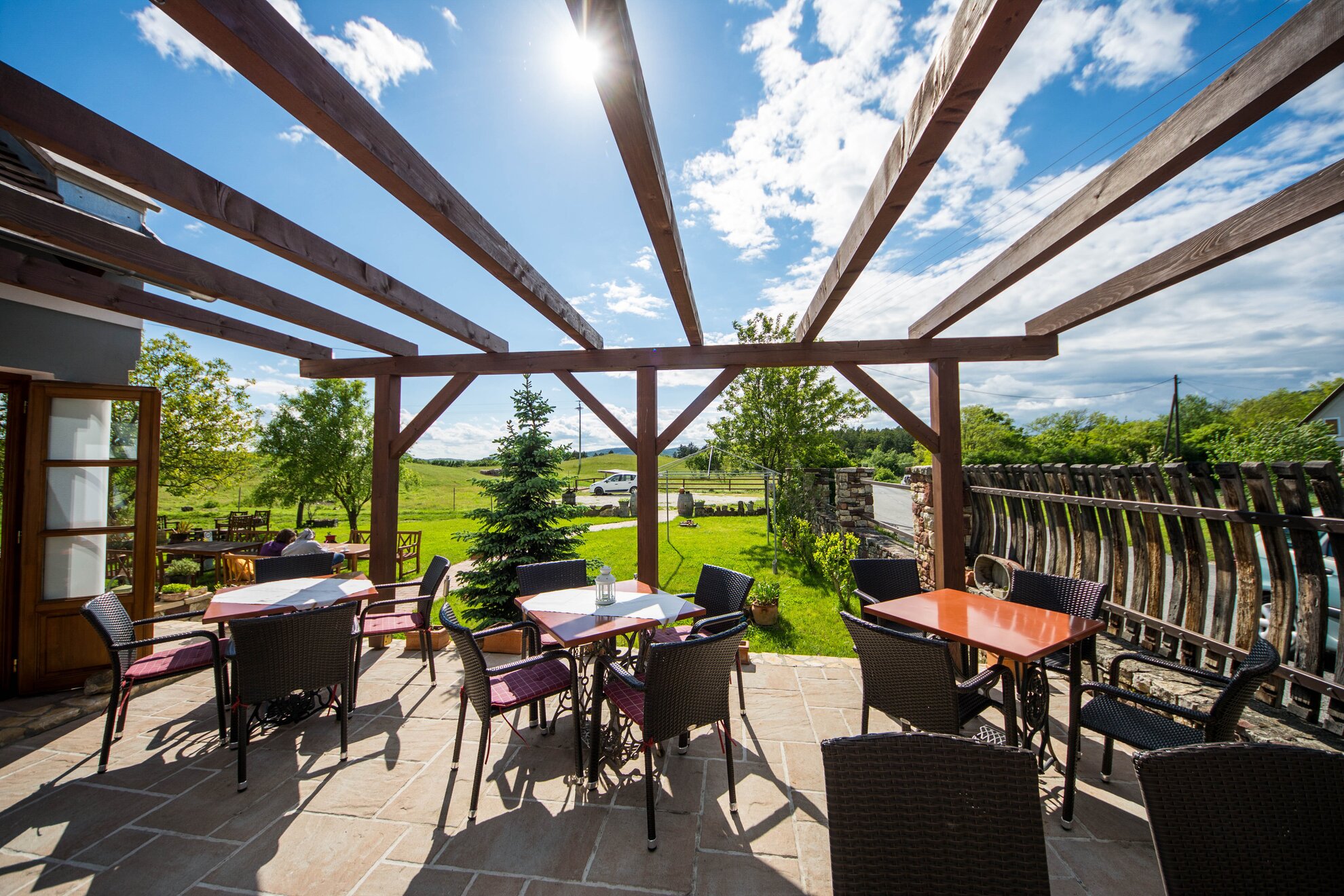
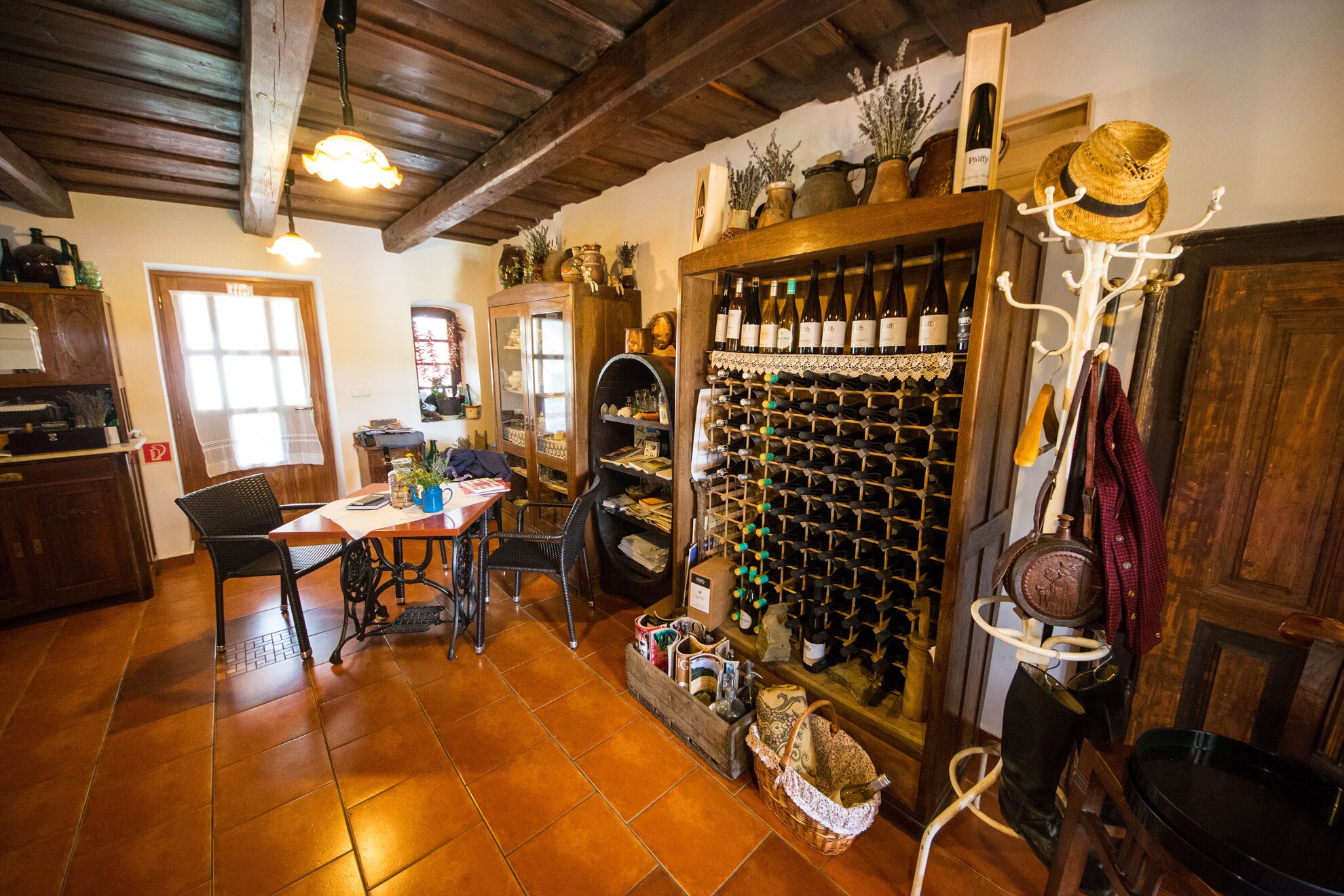
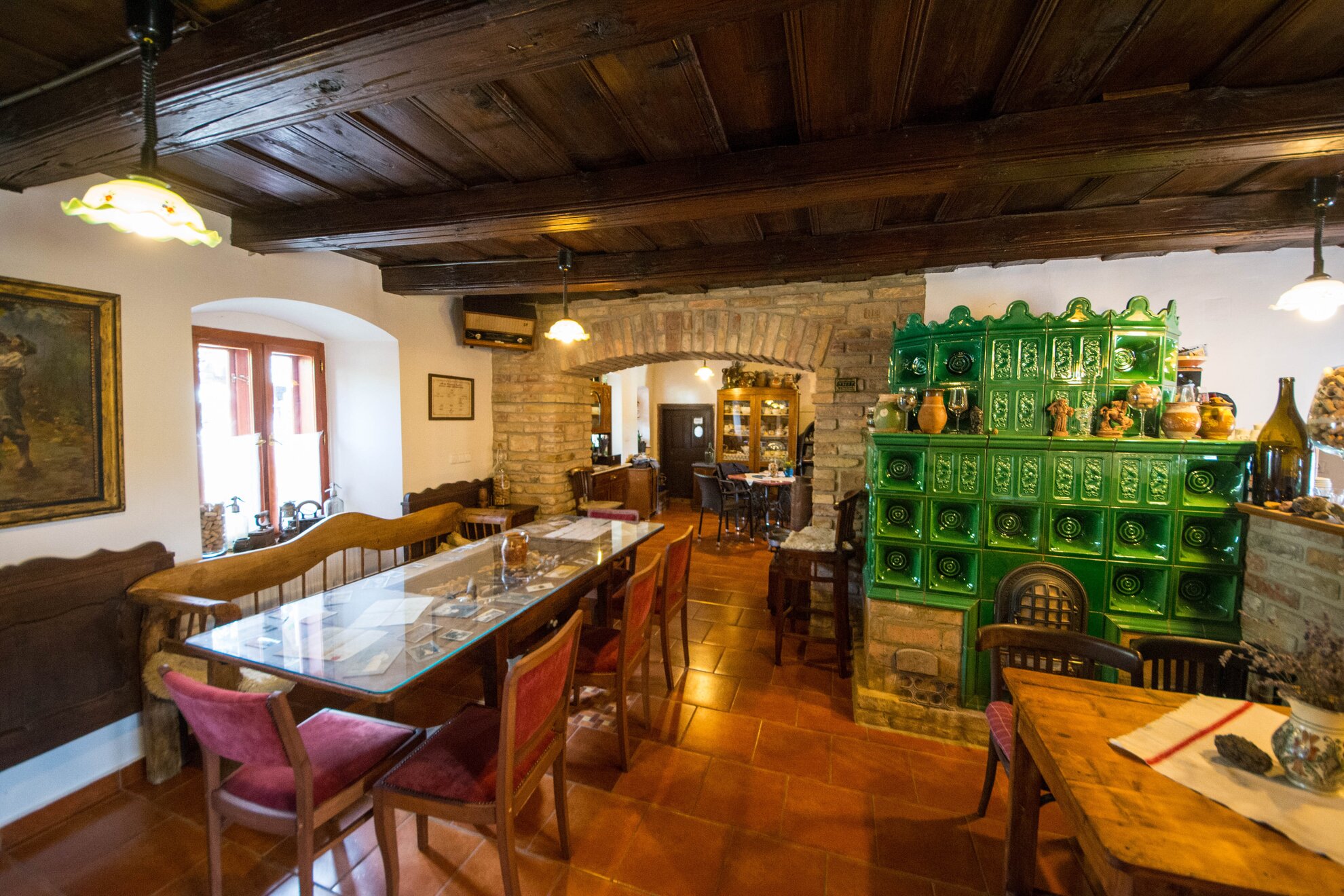
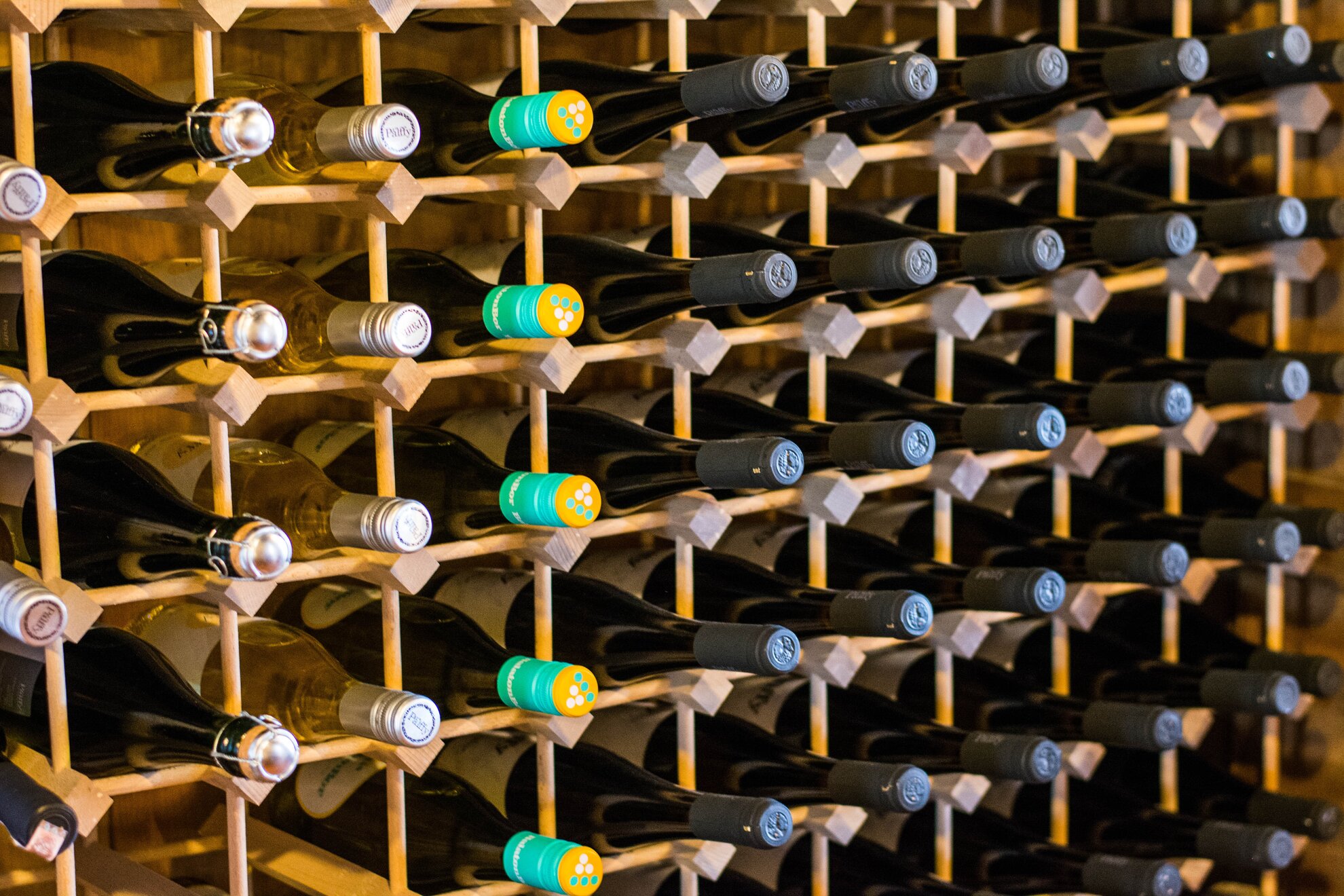
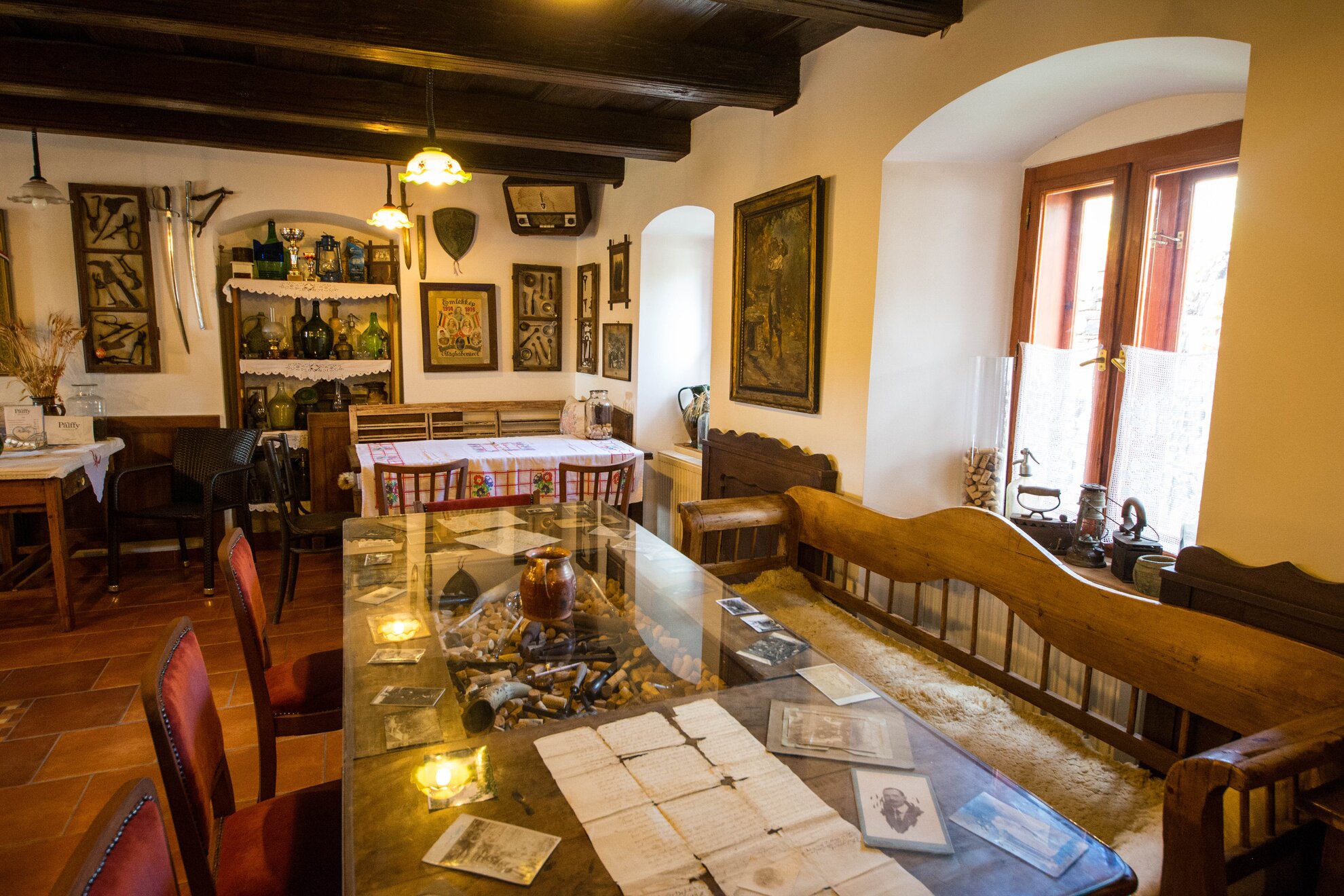
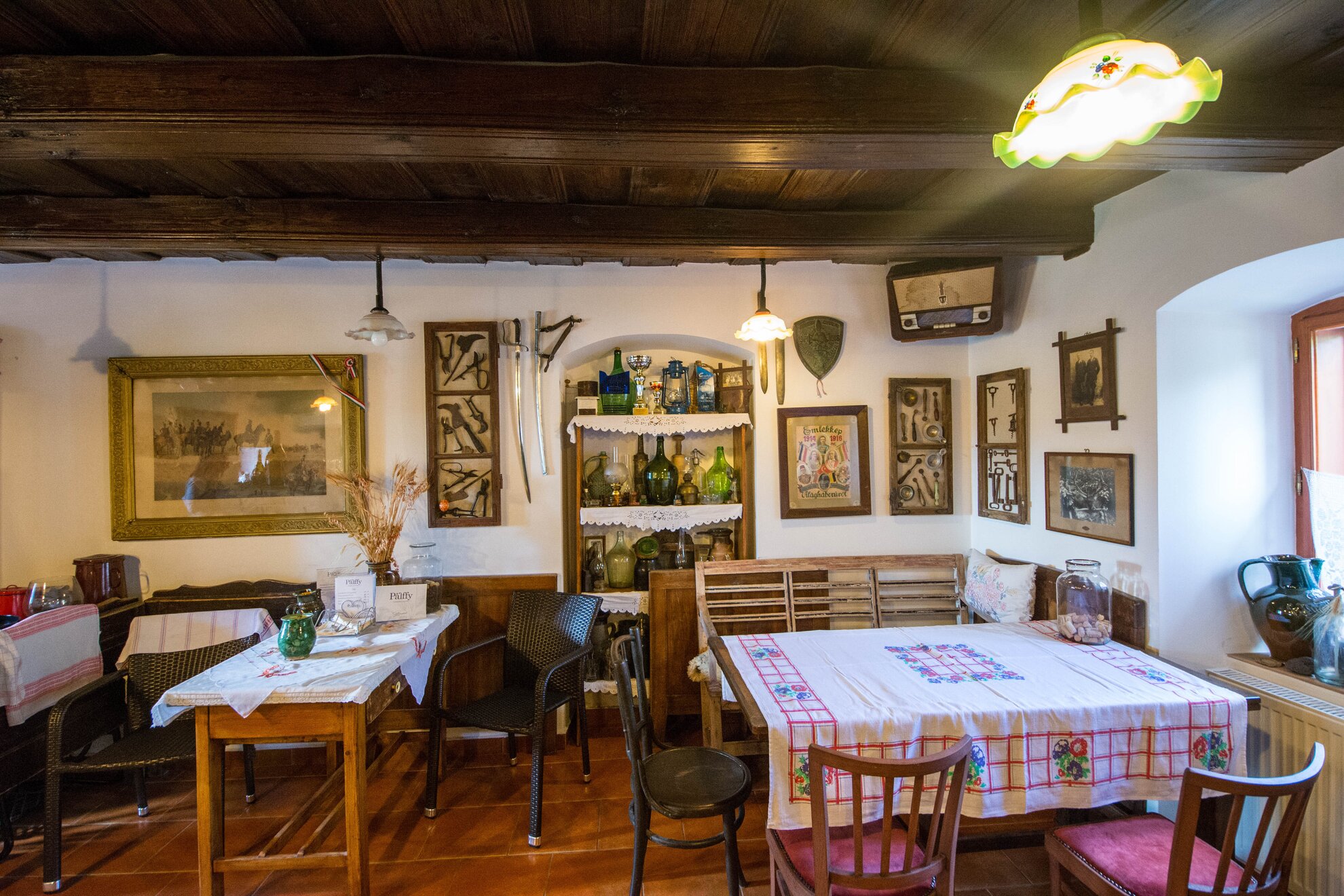
Pálffy Cellar was the place we sought out when we needed some time to recharge between meals. They serve their own wines as well as snacks to go with them, like cheeses, pig products, and bread and dripping. This is perhaps the most authentic place on our list; the Pálffys are a Káli family through and through. Concerts and other events take place here regularly, but during our visit there was complete silence except for a few slammed doors and a passing Ikarus bus.
Kővirág
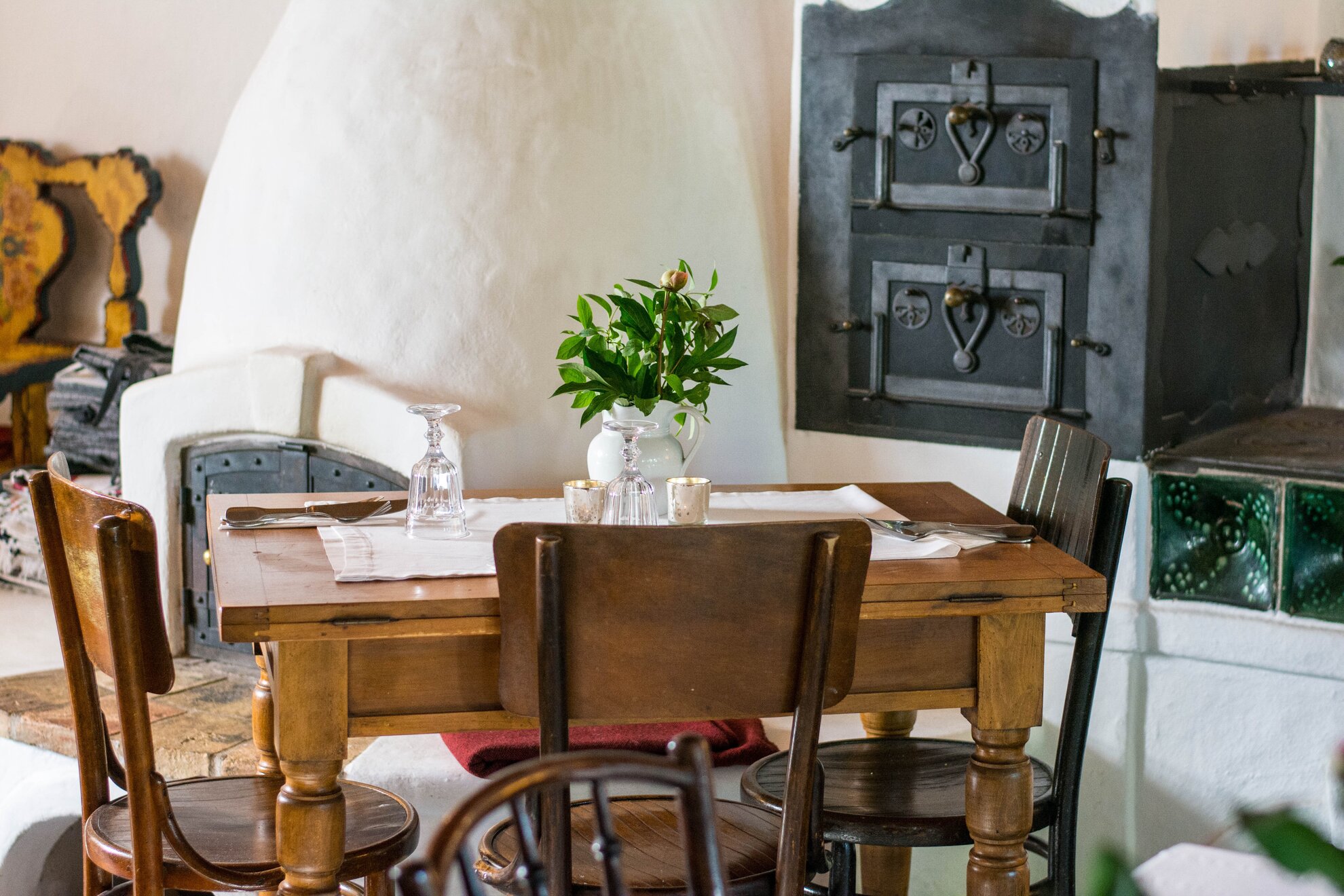
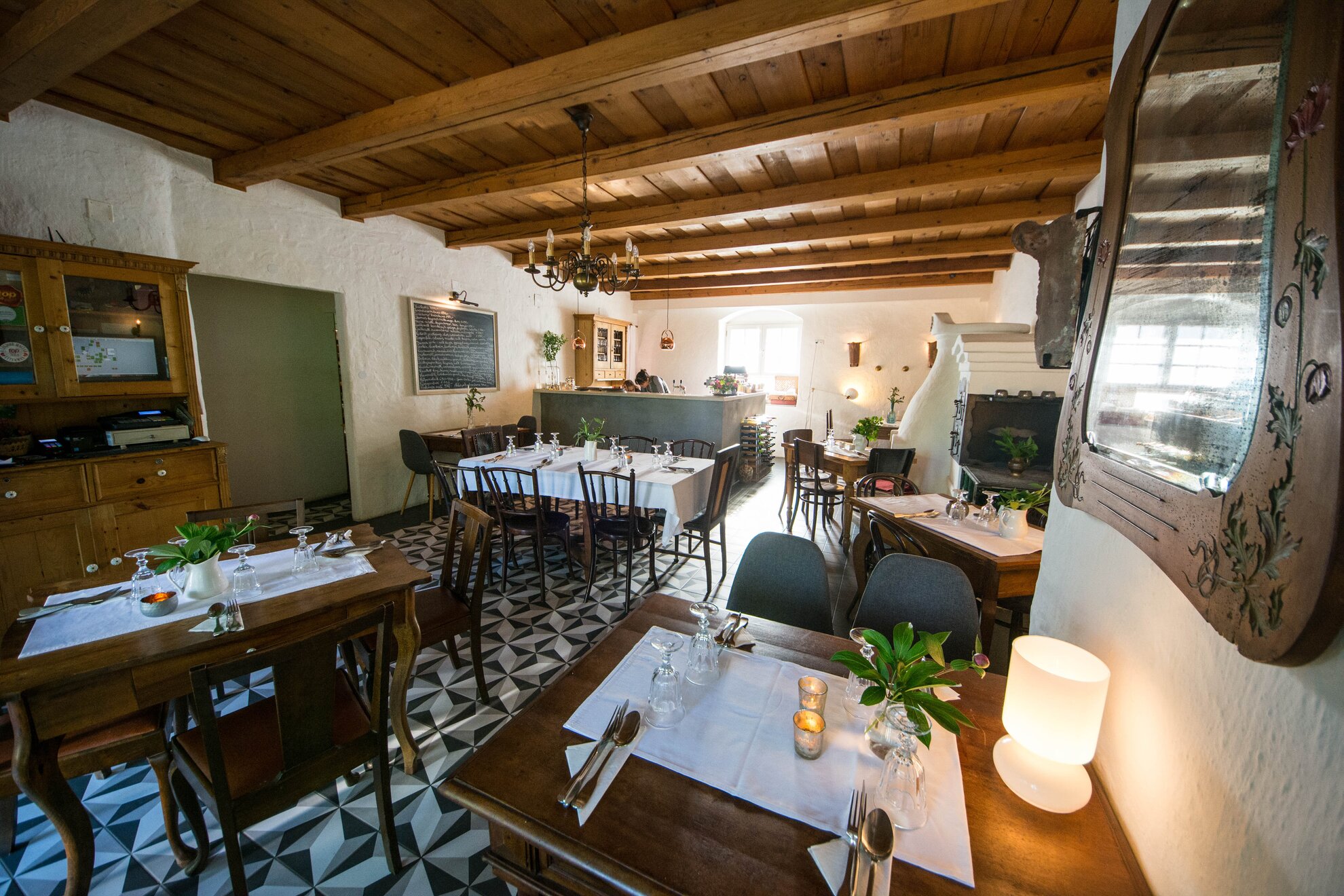
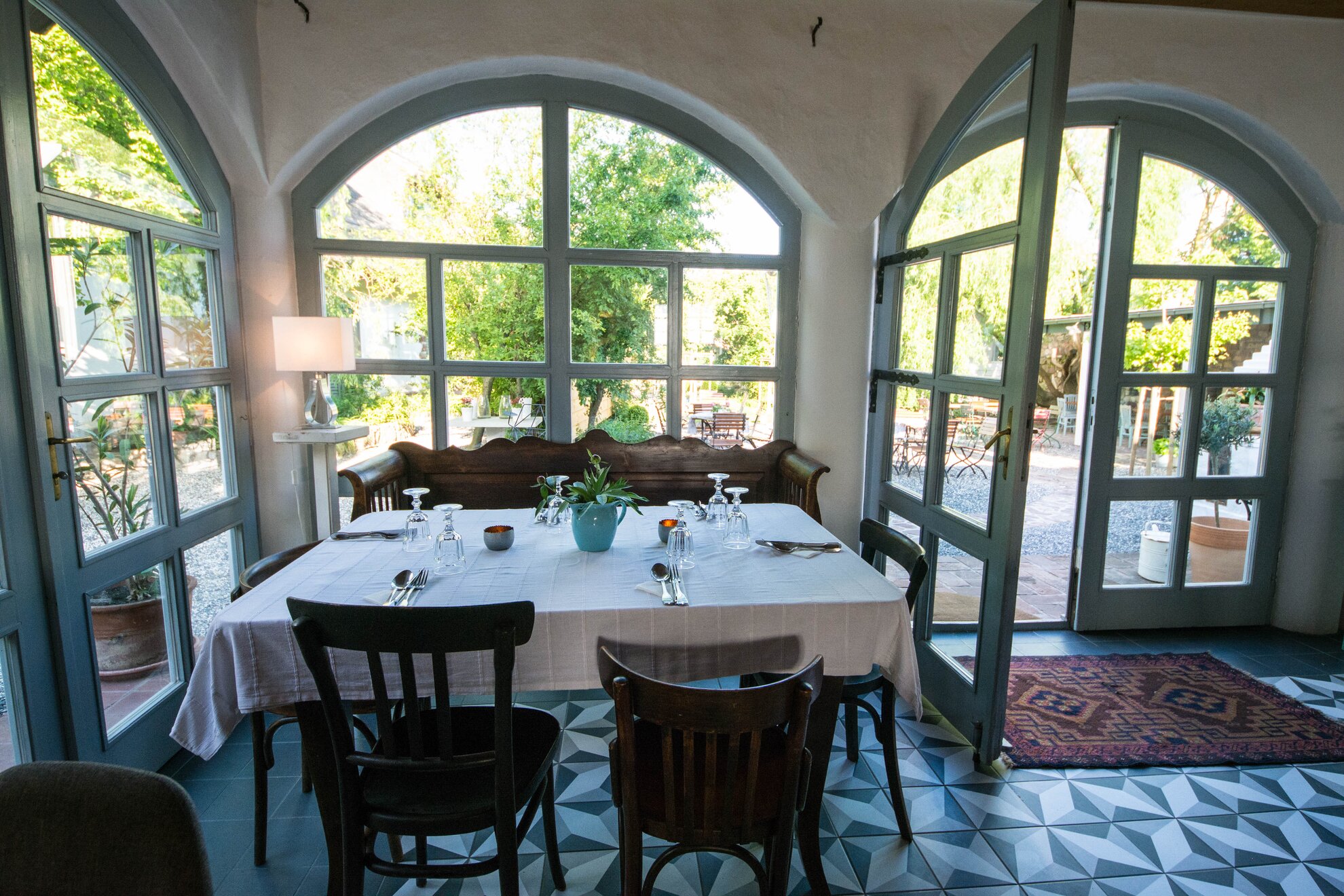
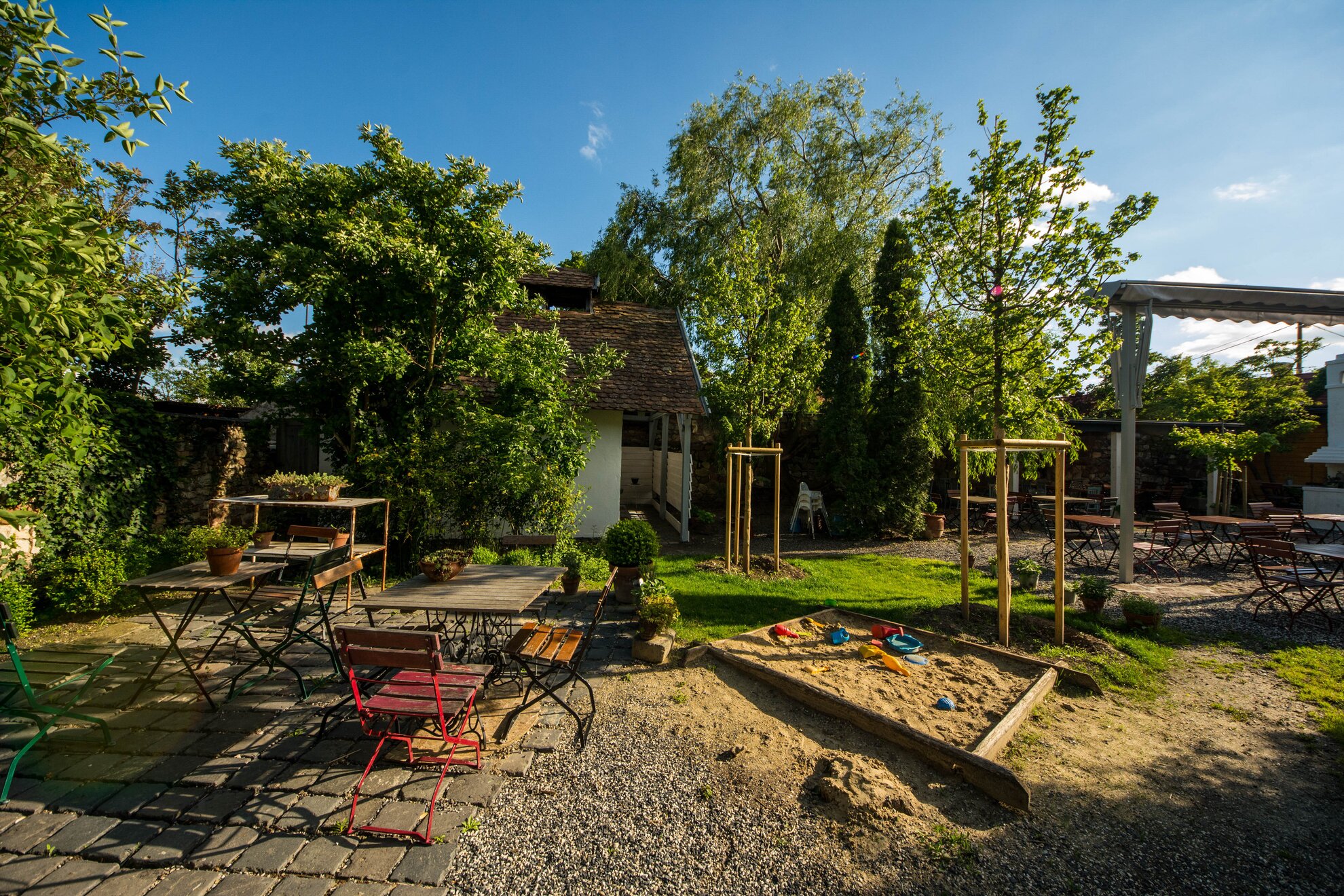
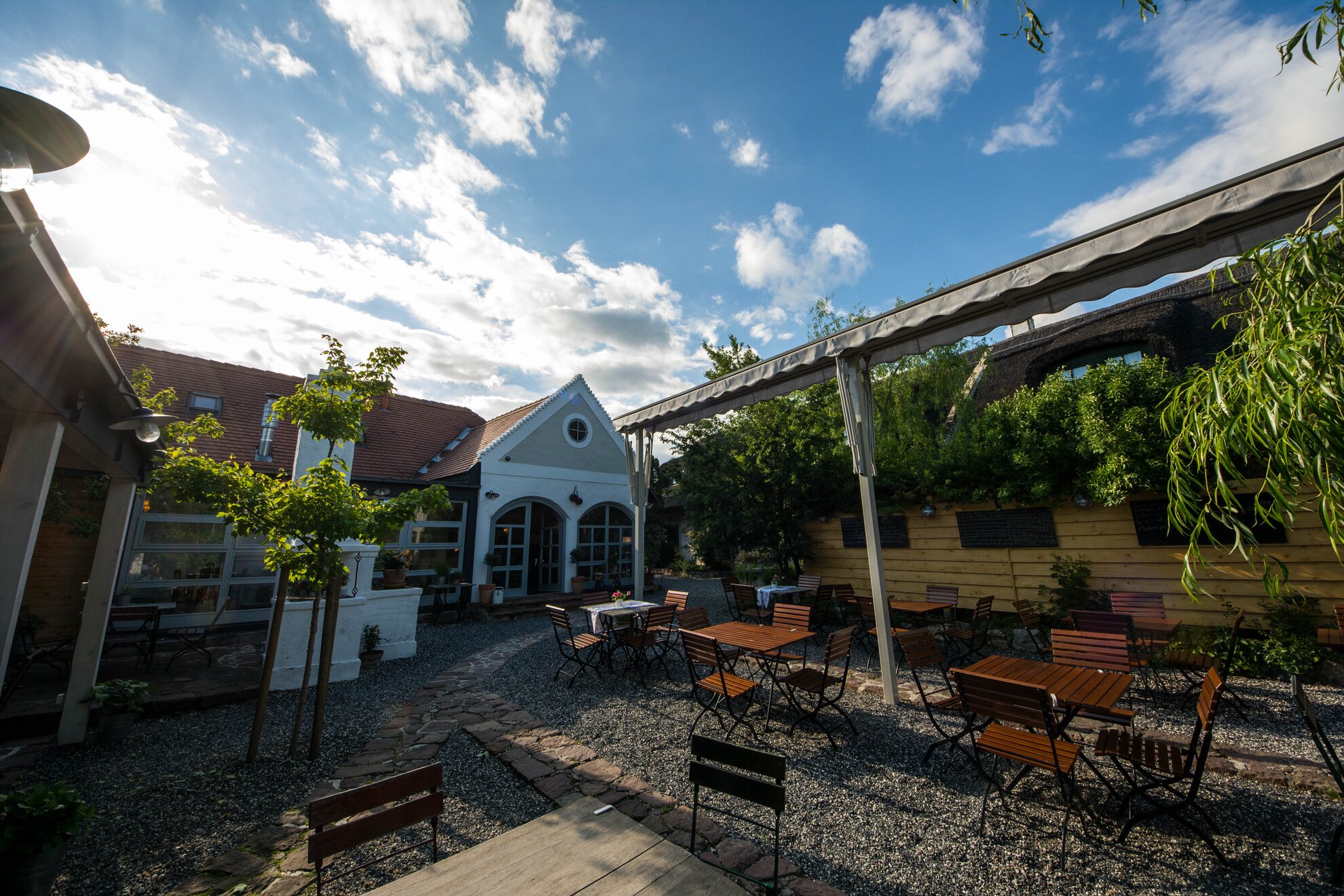
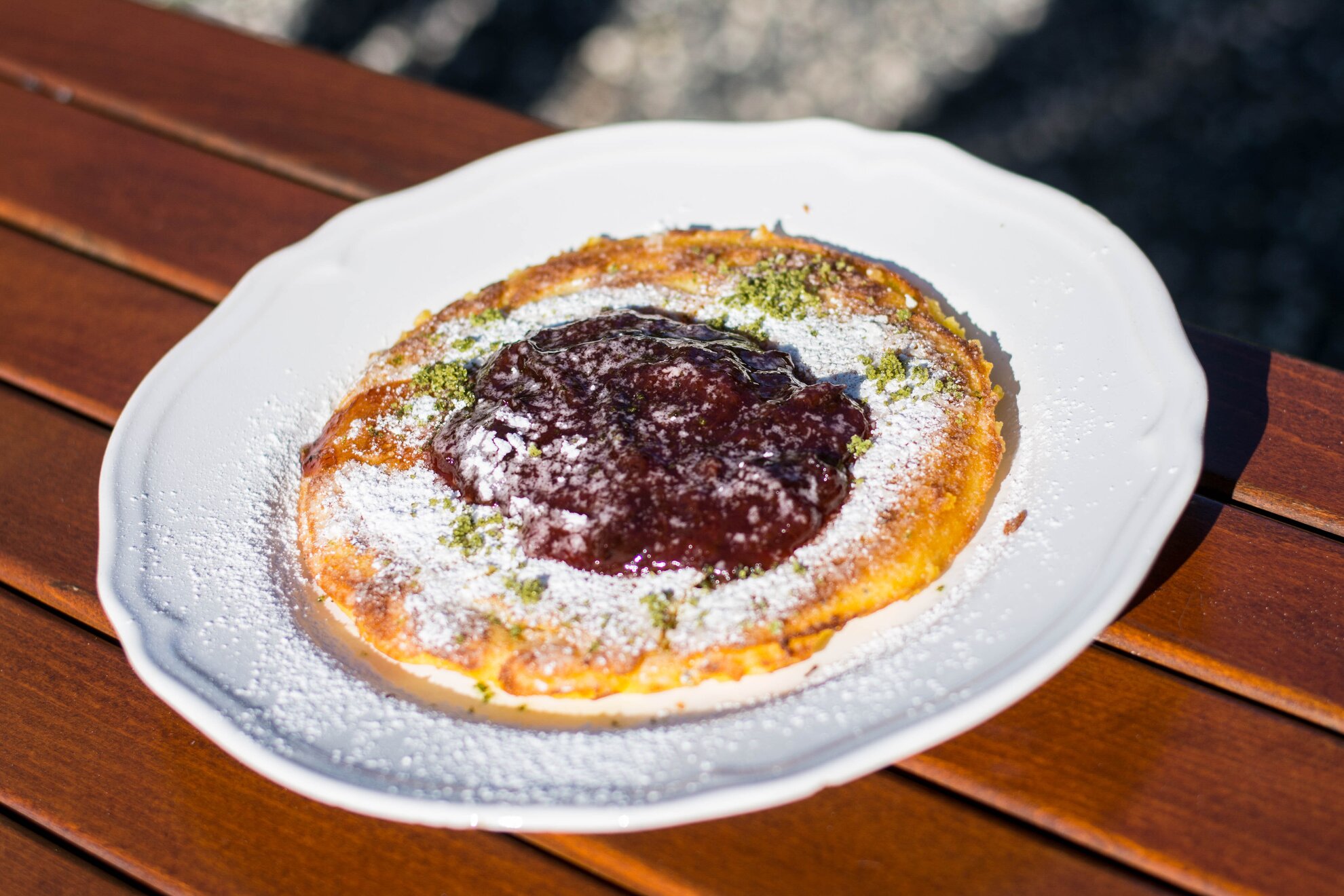
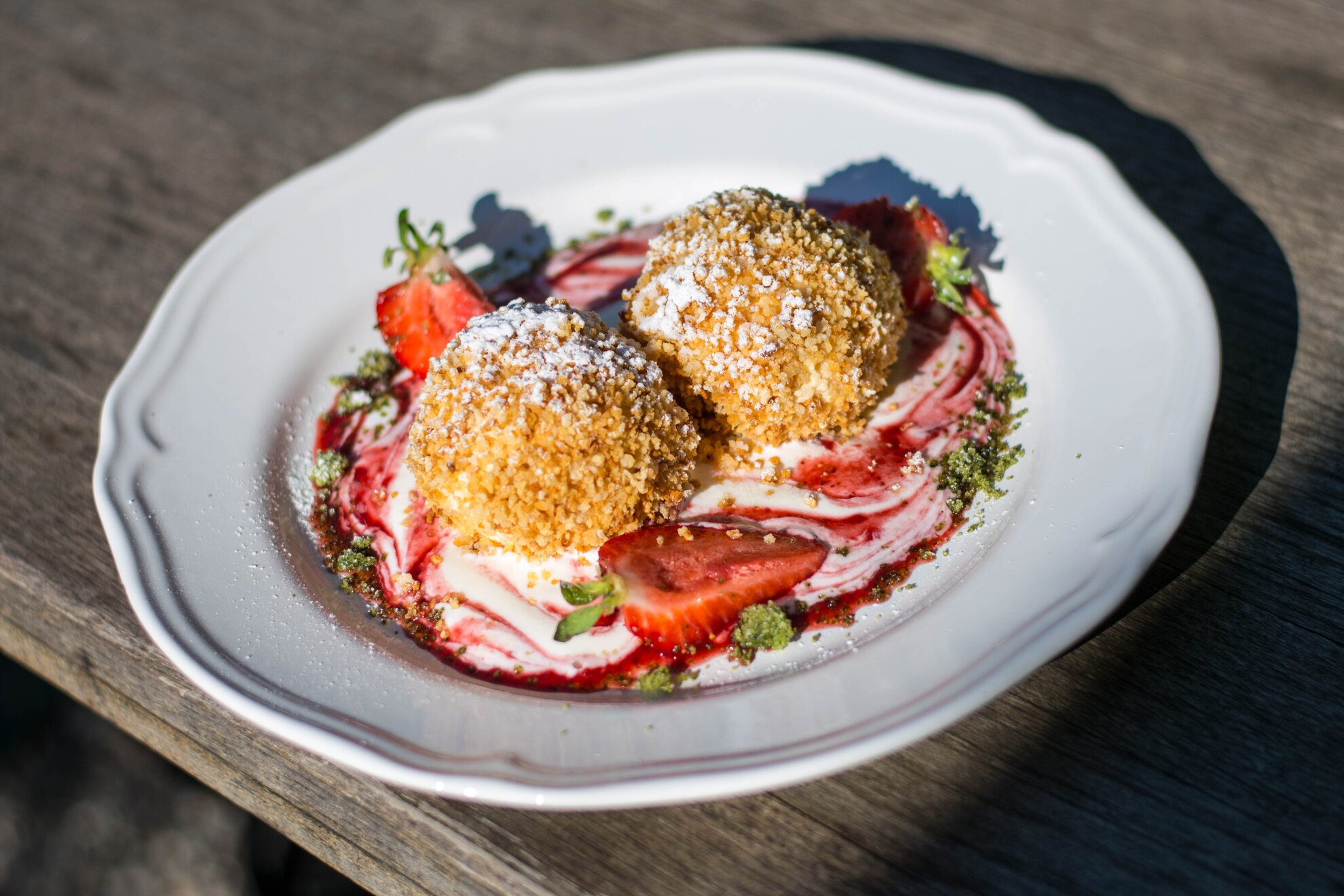
The name of Kővirág has been synonymous with Köveskál for years: György Mészáros and Kata Zakar created a cozy, loveable eatery tucked away in a less highly frequented part of the village, which has been a well-known secret for a while. It may be a bit of an exaggeration, but you have a better chance of winning the lottery than grabbing dinner here without a reservation on a summer evening.
What did we try?
We were quite full by the time we arrived here, so we opted for a decadent dessert, which was exactly what we got. We had curd cheese dumplings with a strawberry-sour cream sauce, which totally transformed the subtle flavor of the dumplings. The other dessert was the bizarre-sounding corn grits cake with plum jam, which resembles a light pancake. It’s a slightly sweet, wonderfully filling dish, which is very simple, but also hard to criticize.
How much did it all cost?
The dumplings were 1,190 forints, and the cake cost 990 forints.
We have to add for the sake of comprehensiveness that this time we didn’t have the budget to test the two popular guesthouses of the village, Káli Art Inn and Három Huszár. We wanted to check out the new wine terrace of Káli Kövek and Kerékbár, the place that all bikers around Balaton like to rave about, but the former was still under construction, and the latter was closed – it normally doesn’t open until June. Once it’s done, the terrace of Káli Kövek will be a magical place with the owner’s own wines, awesome burgers, and hip pallet furniture to lounge on.
This article is part of “Enyém a Balaton!”, the joint campaign of MasterCard® and We Love Balaton.




